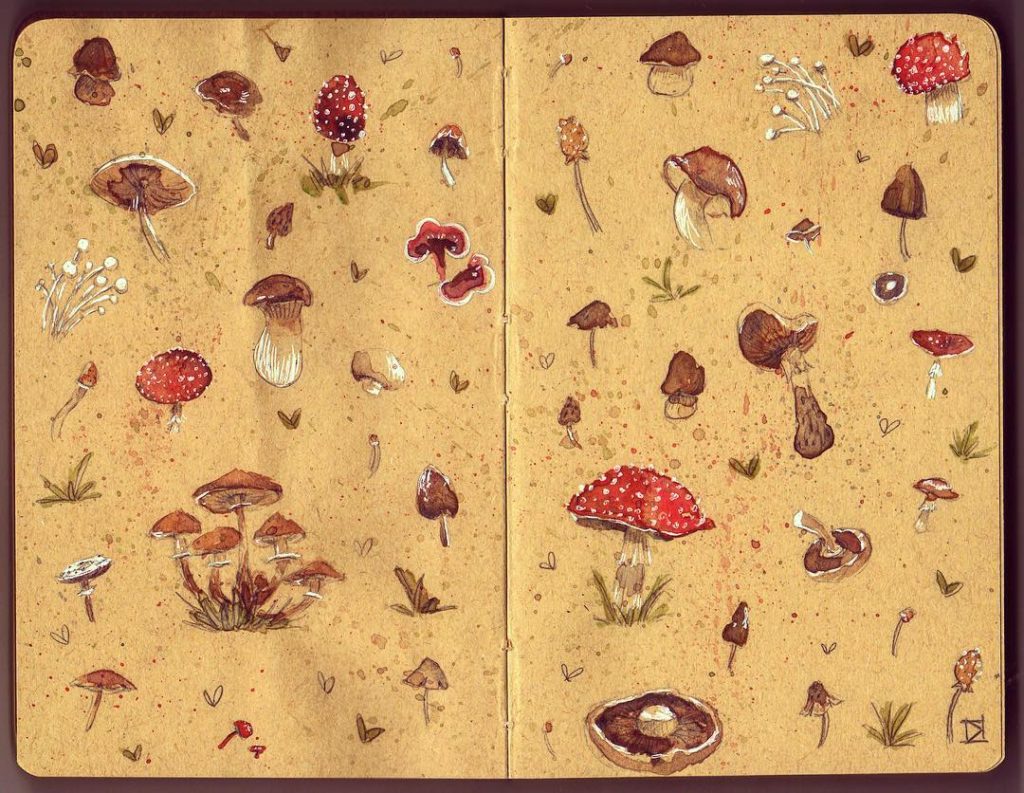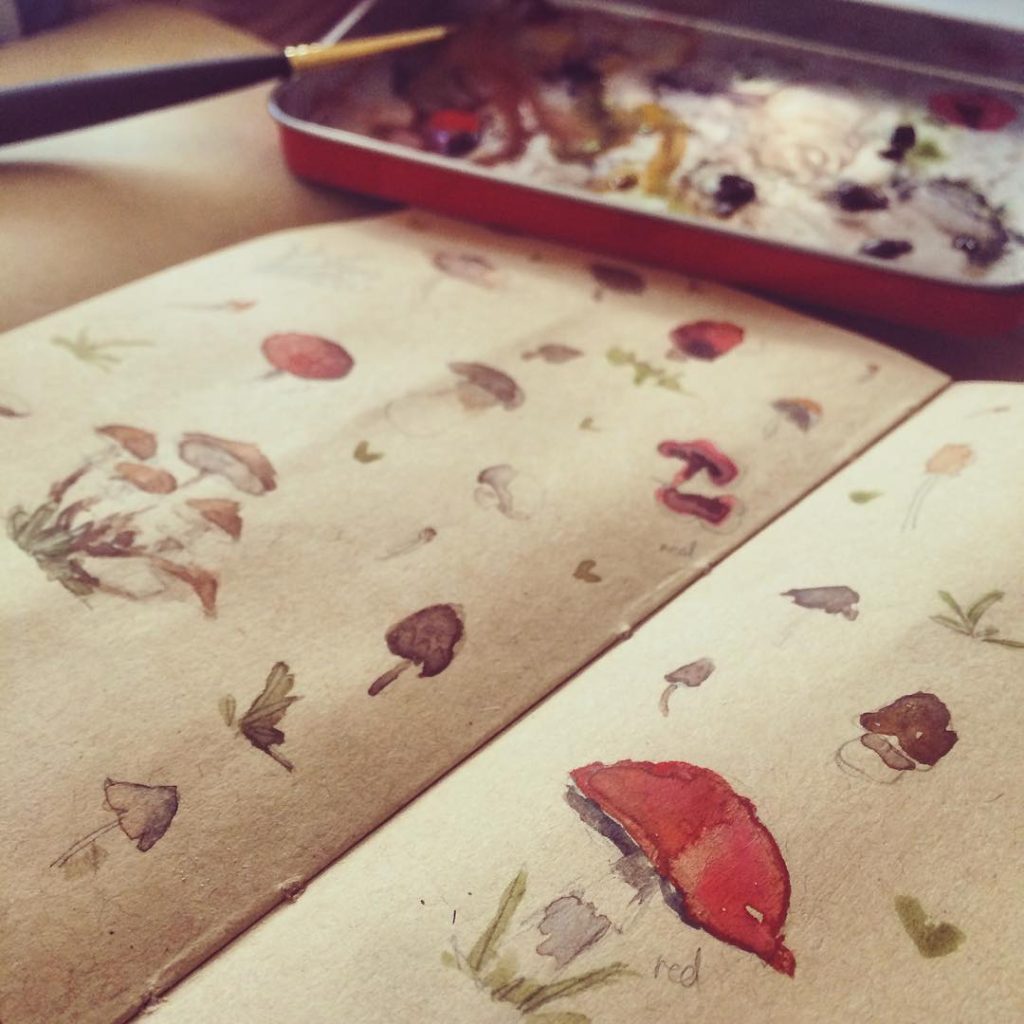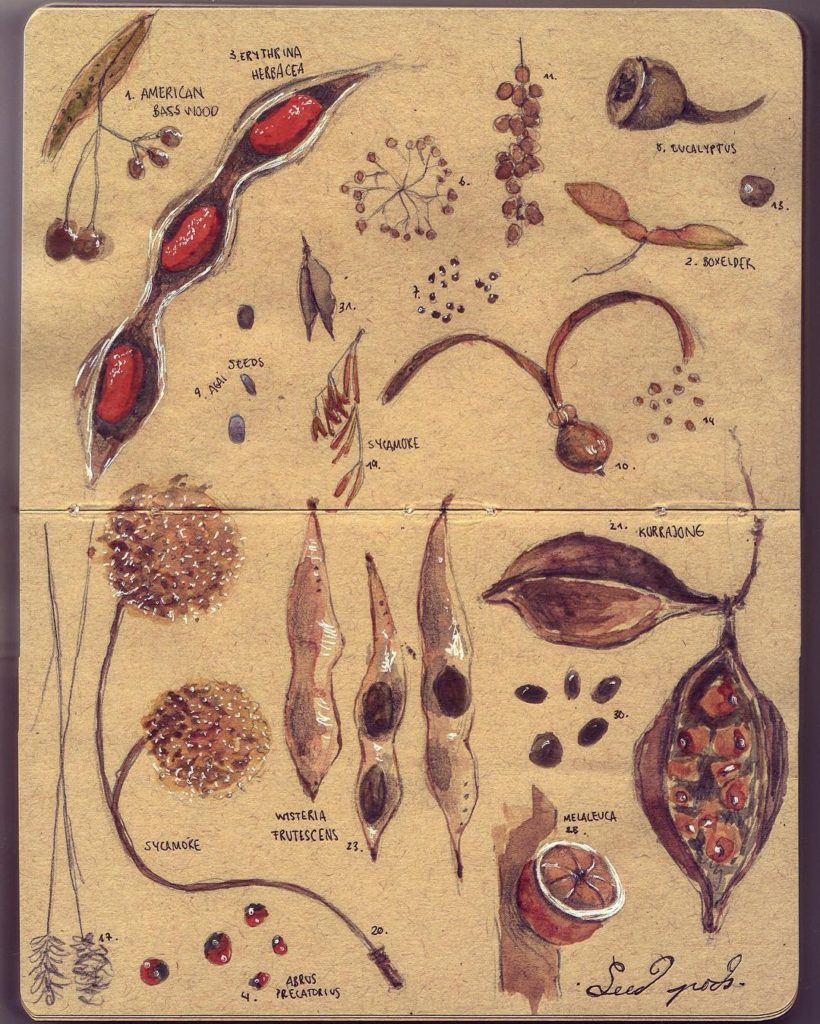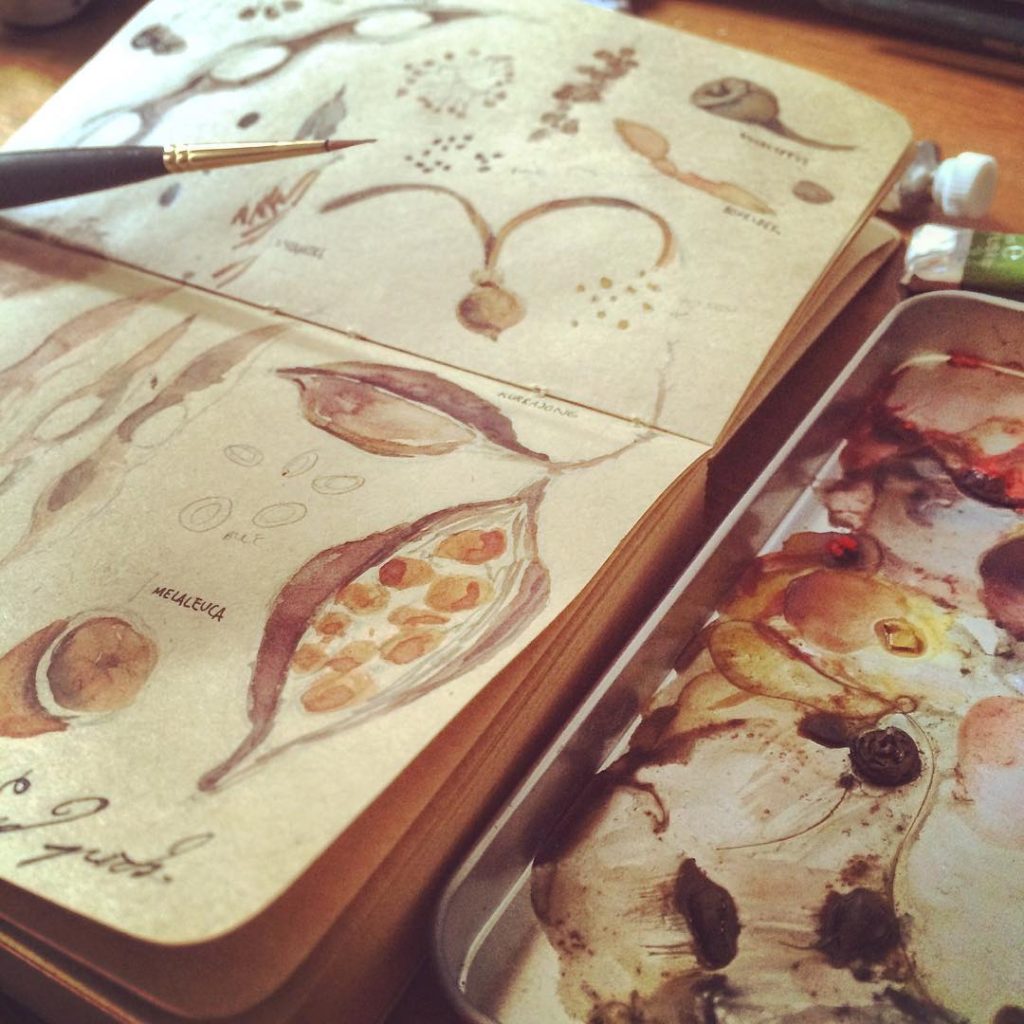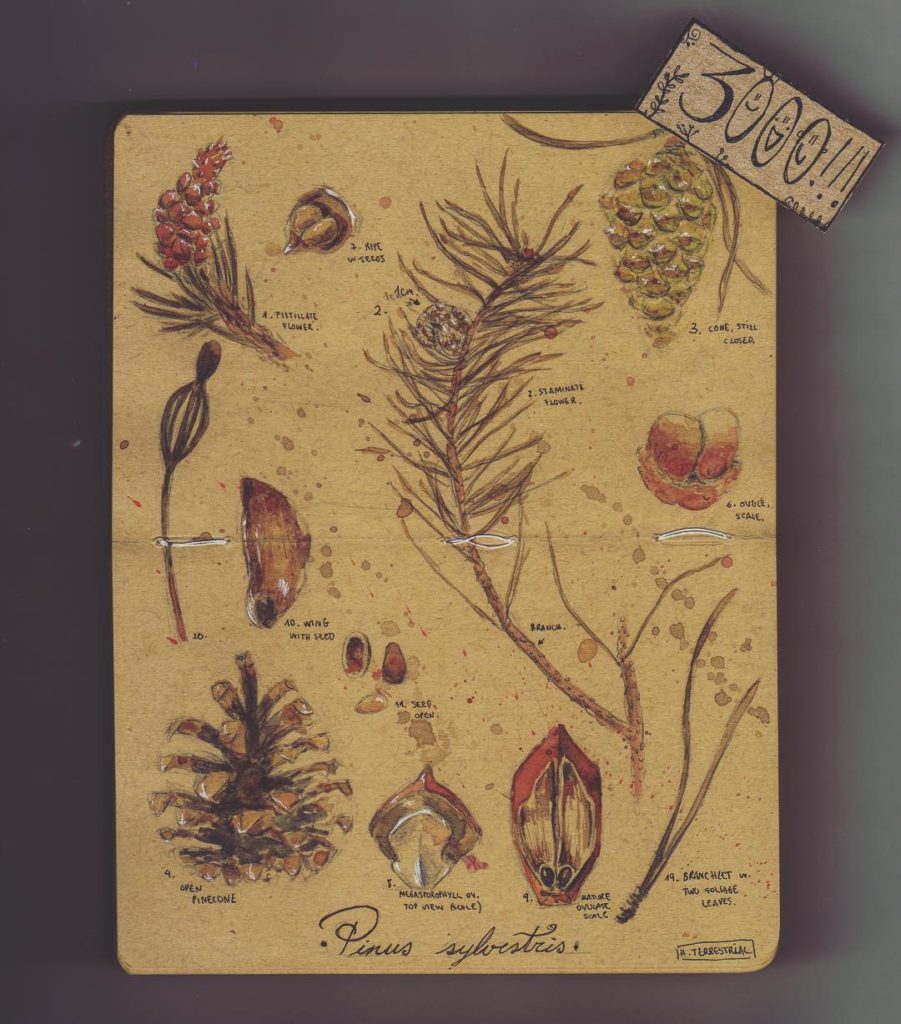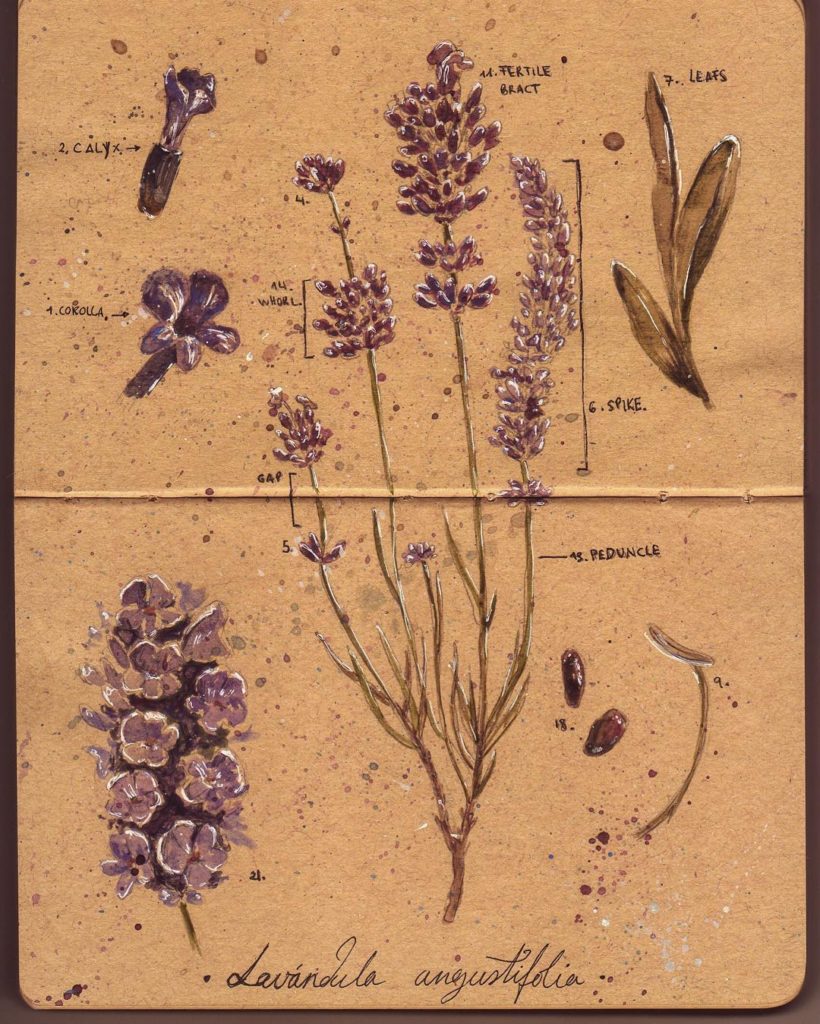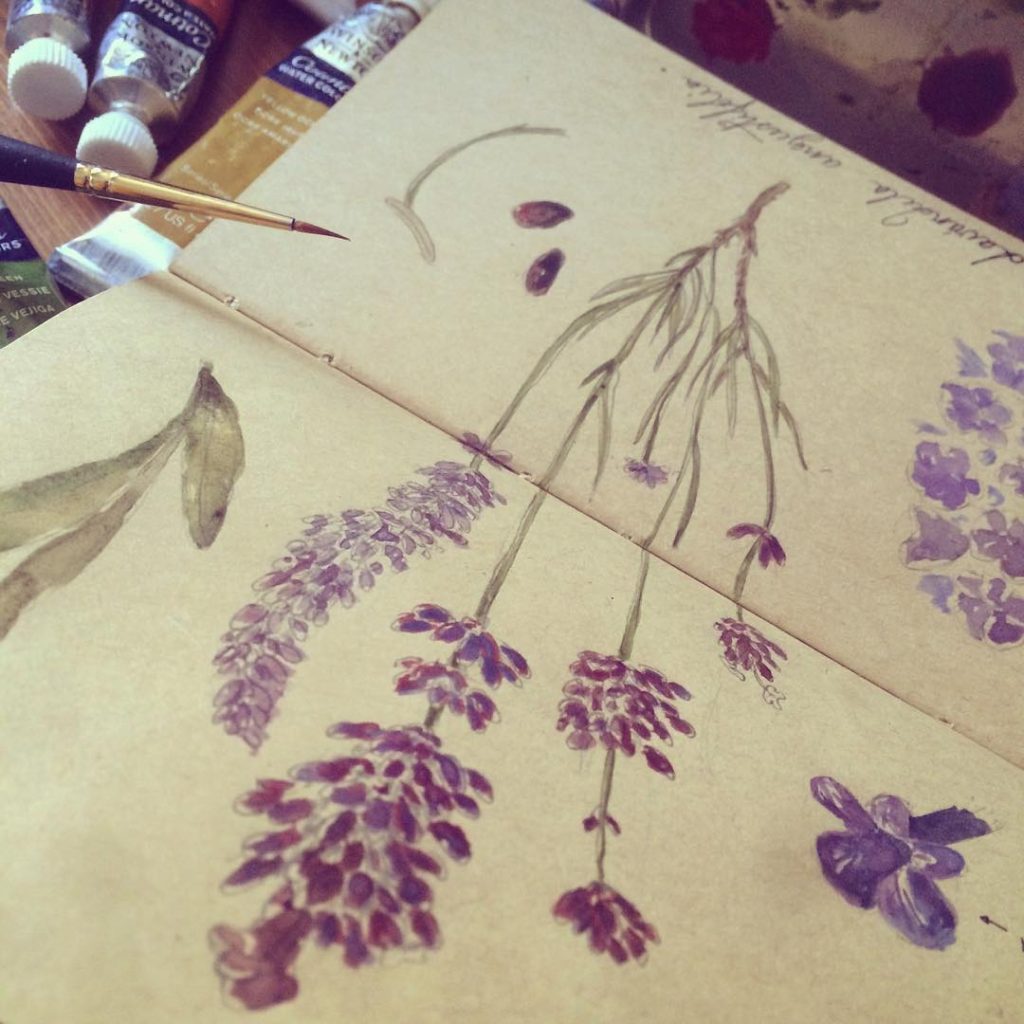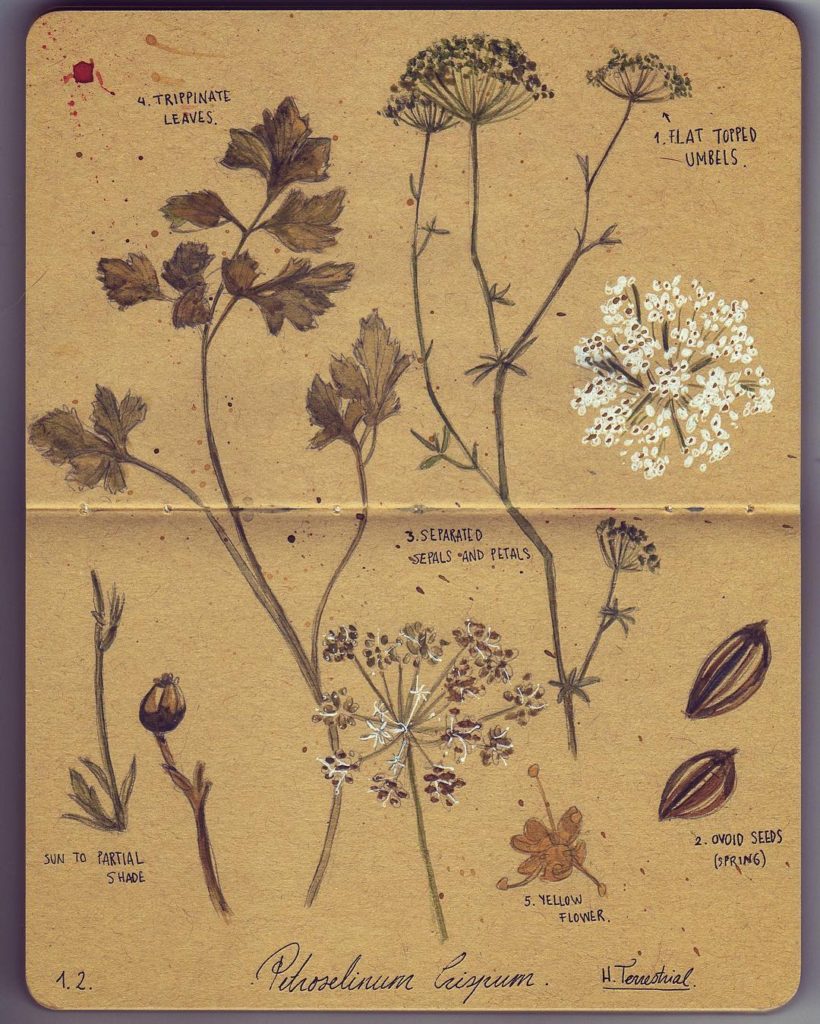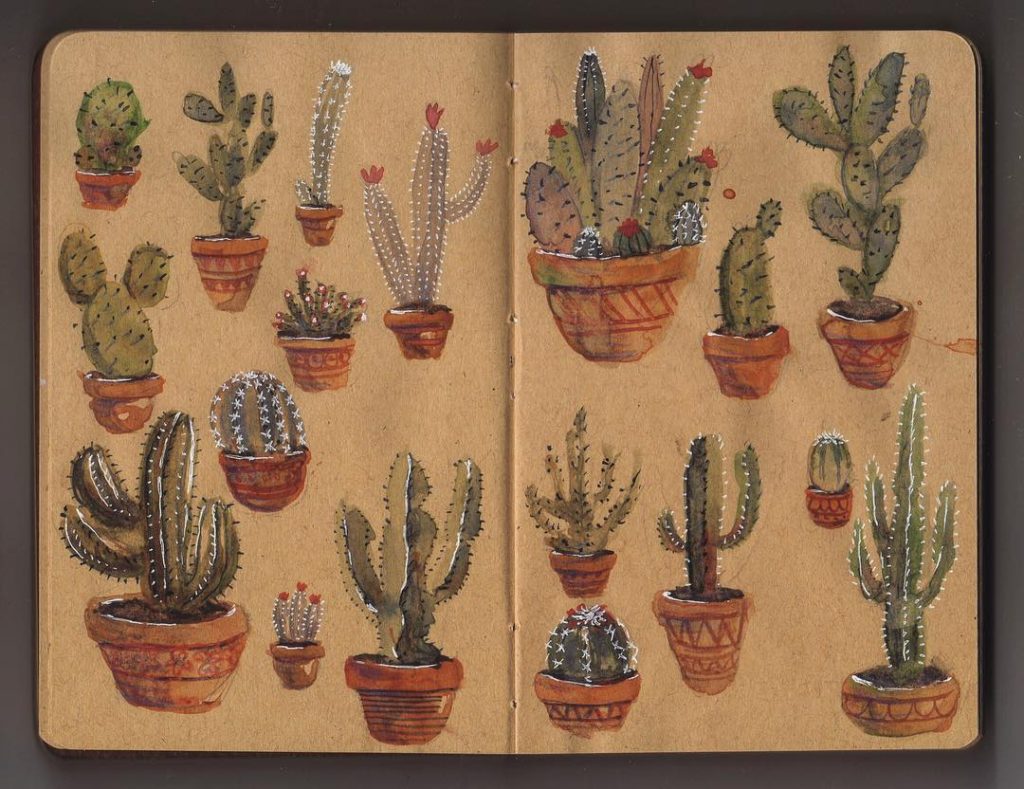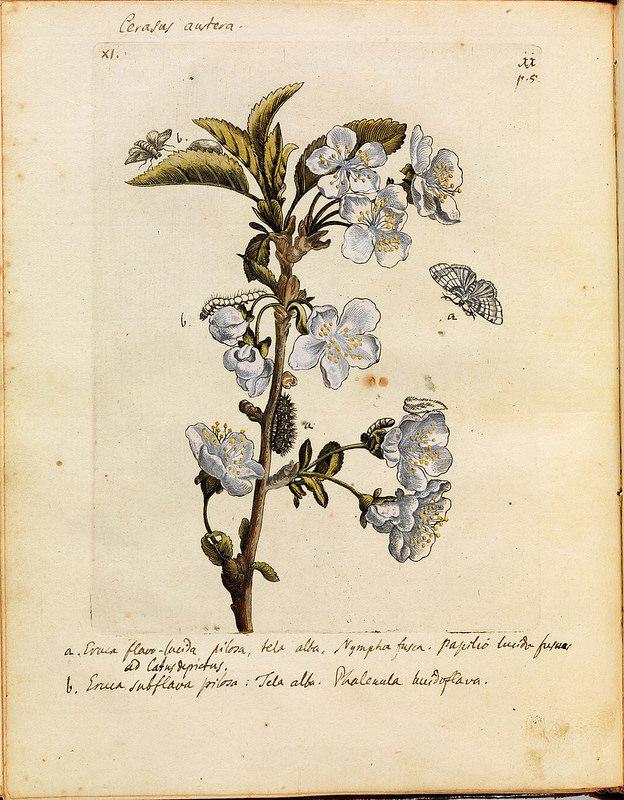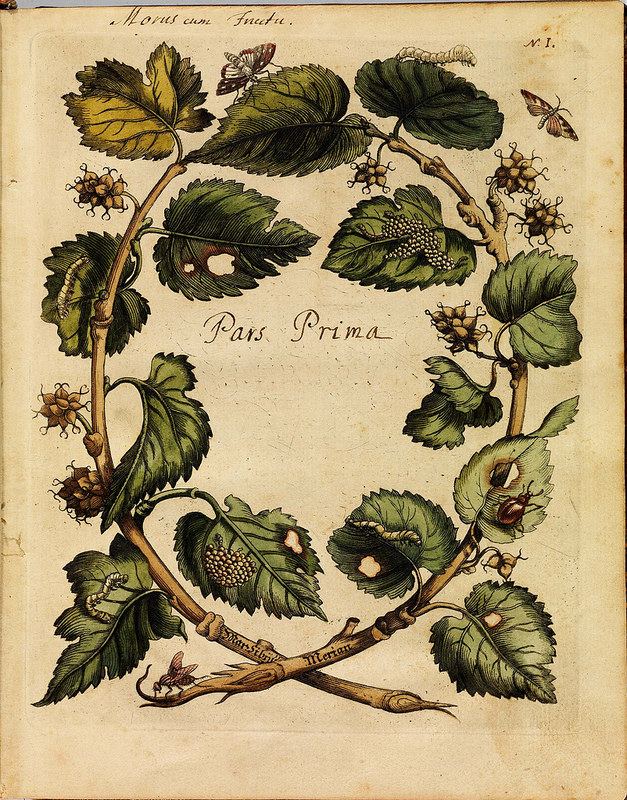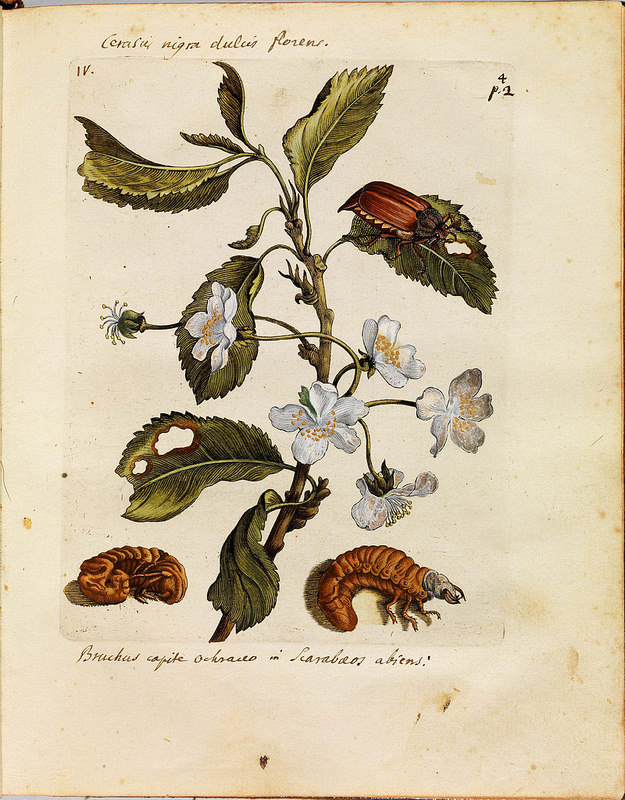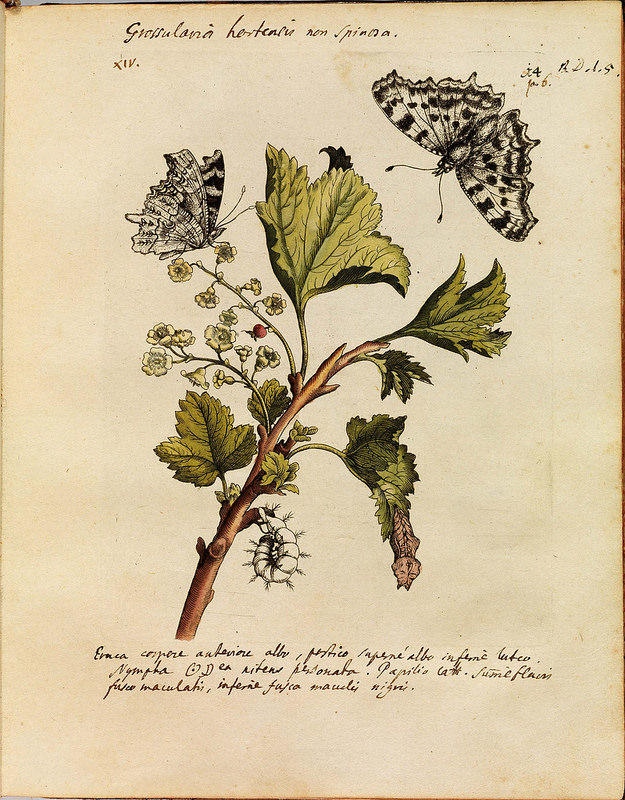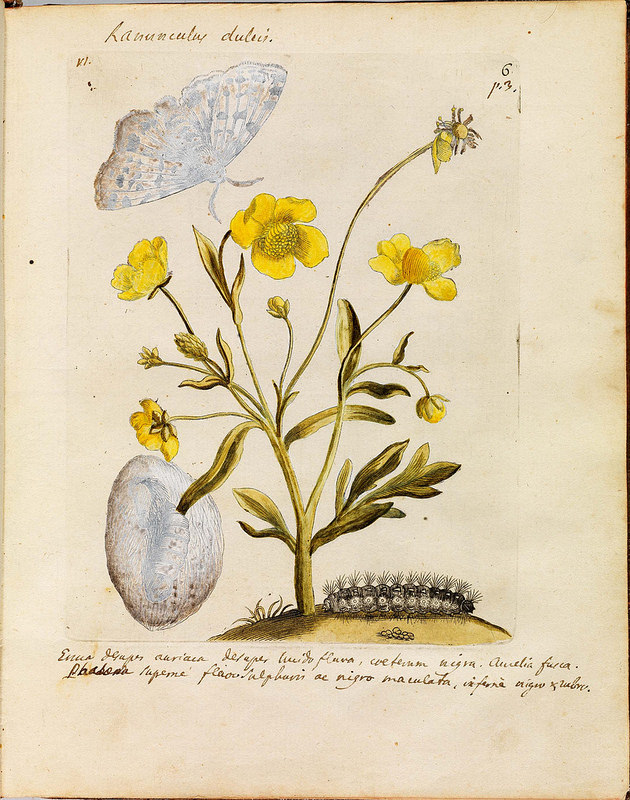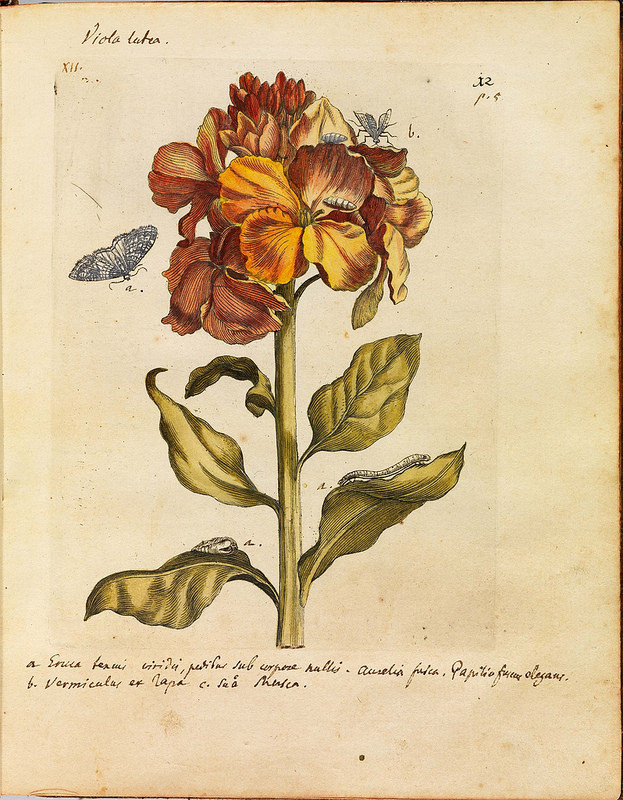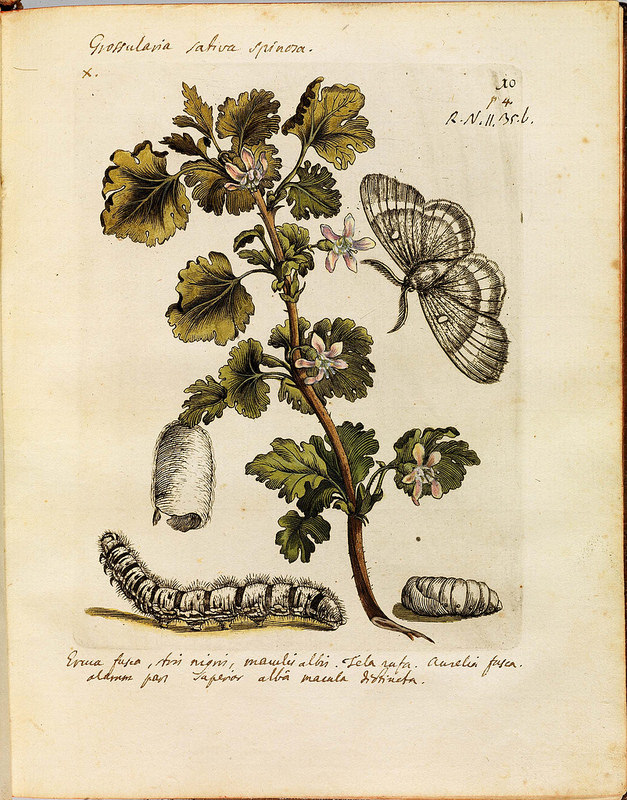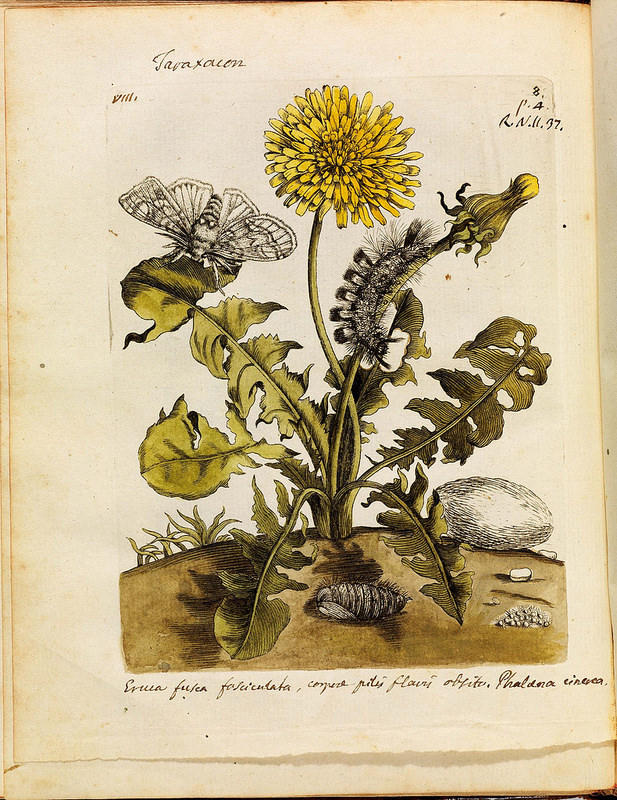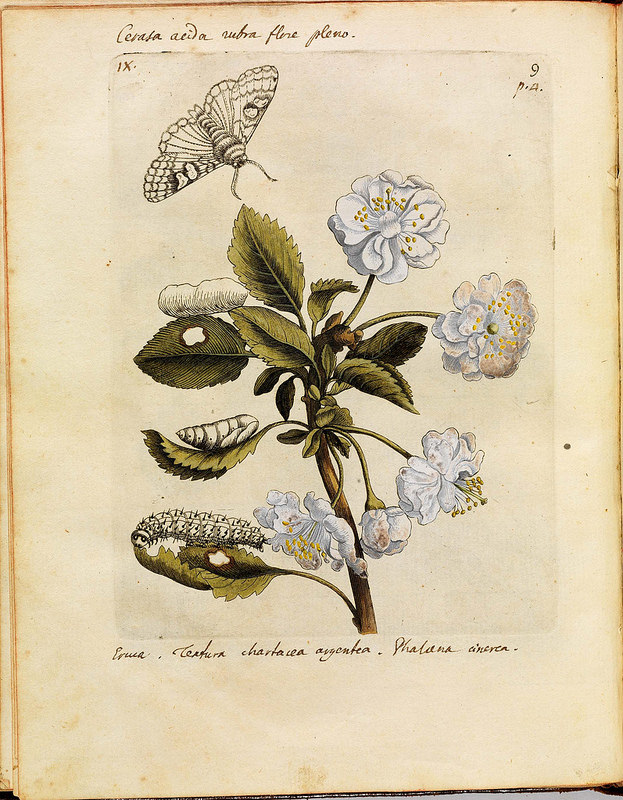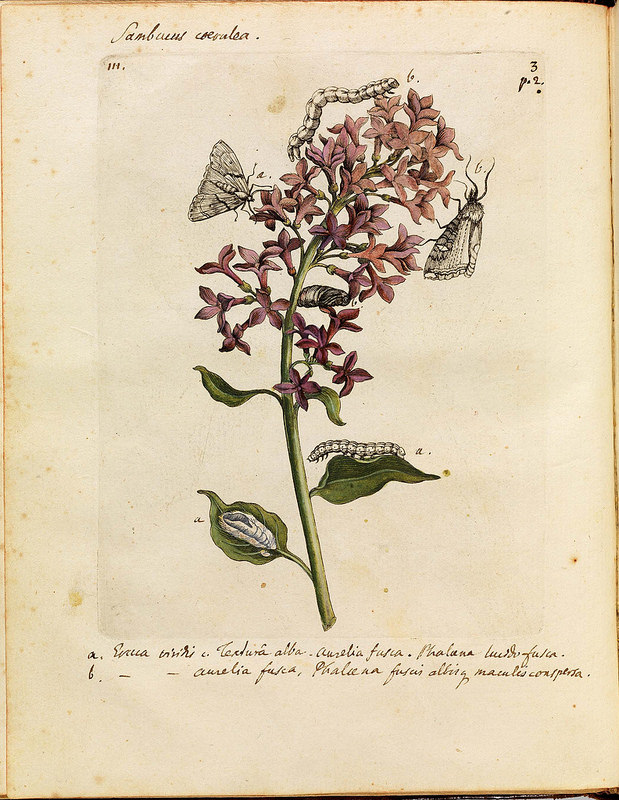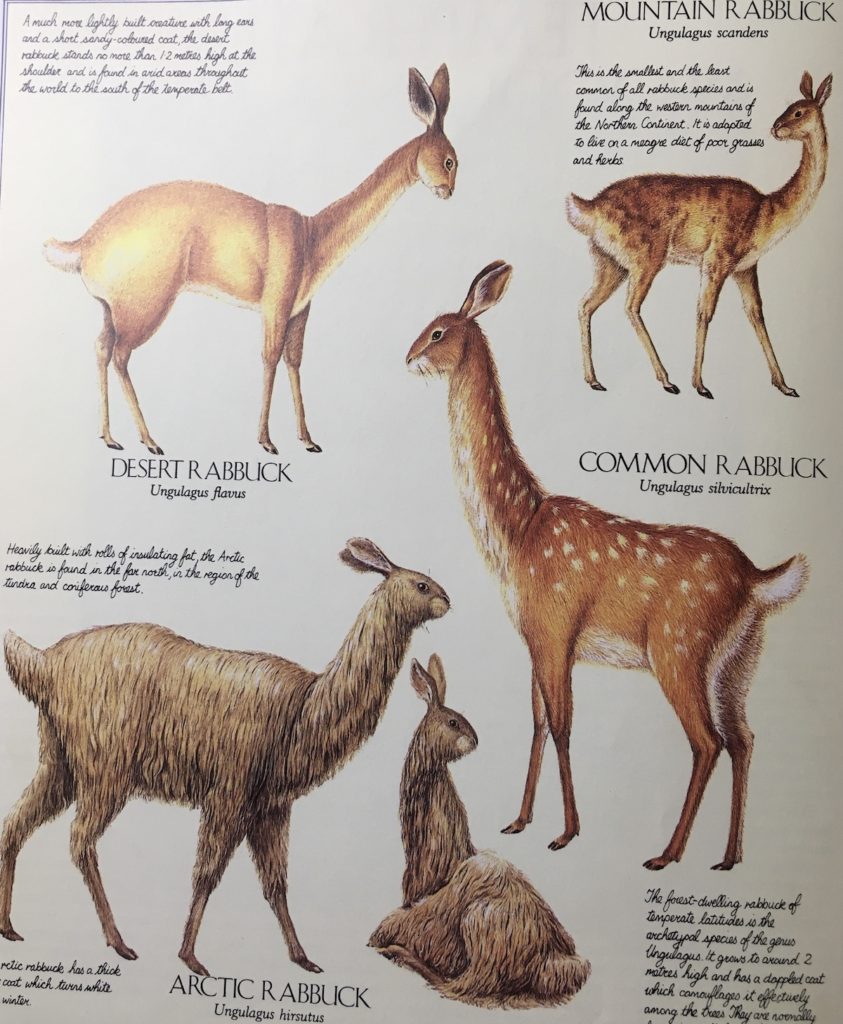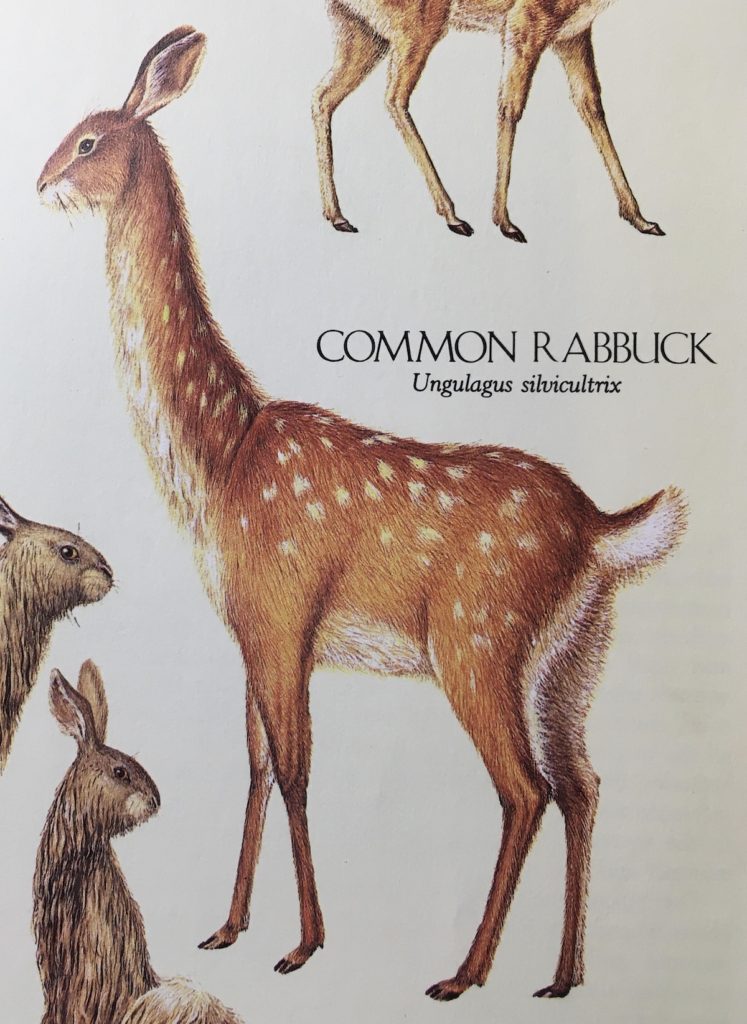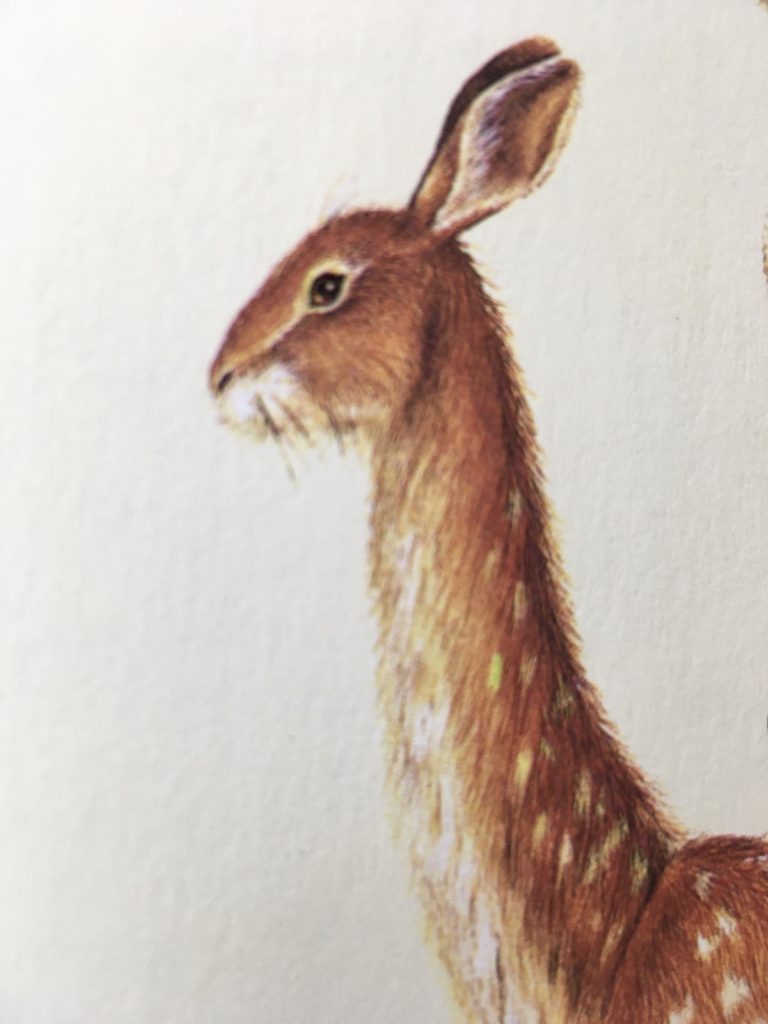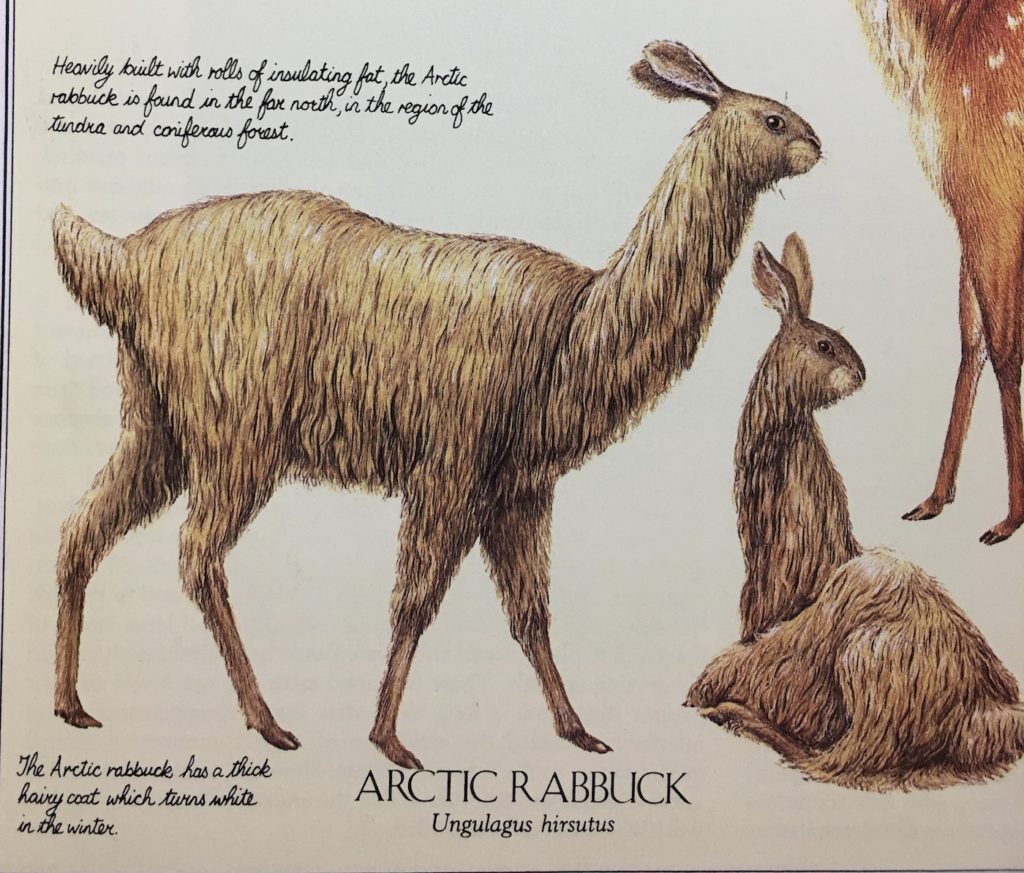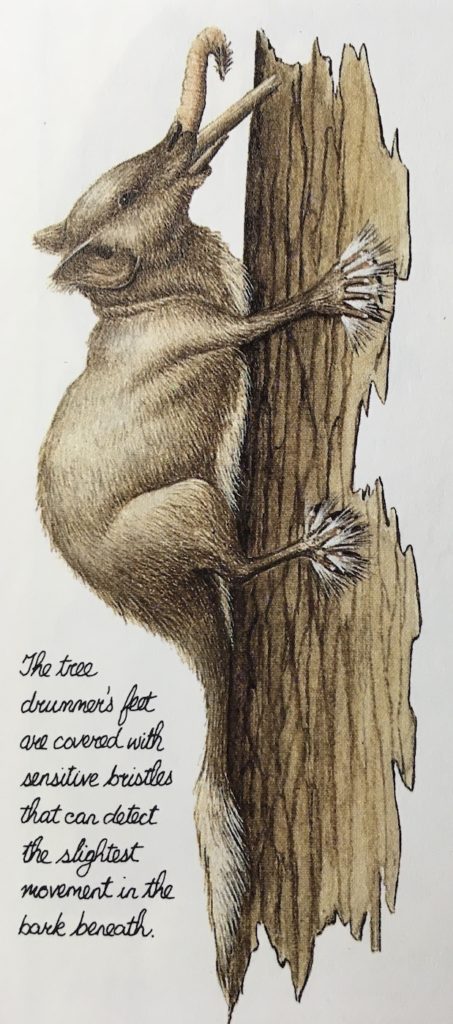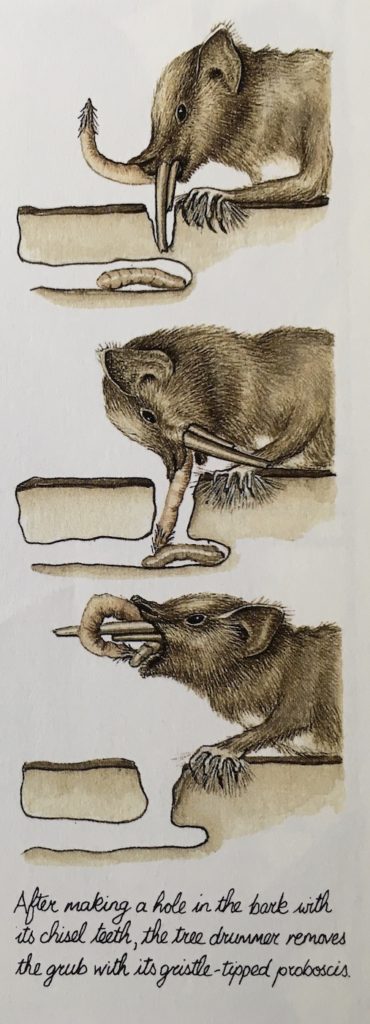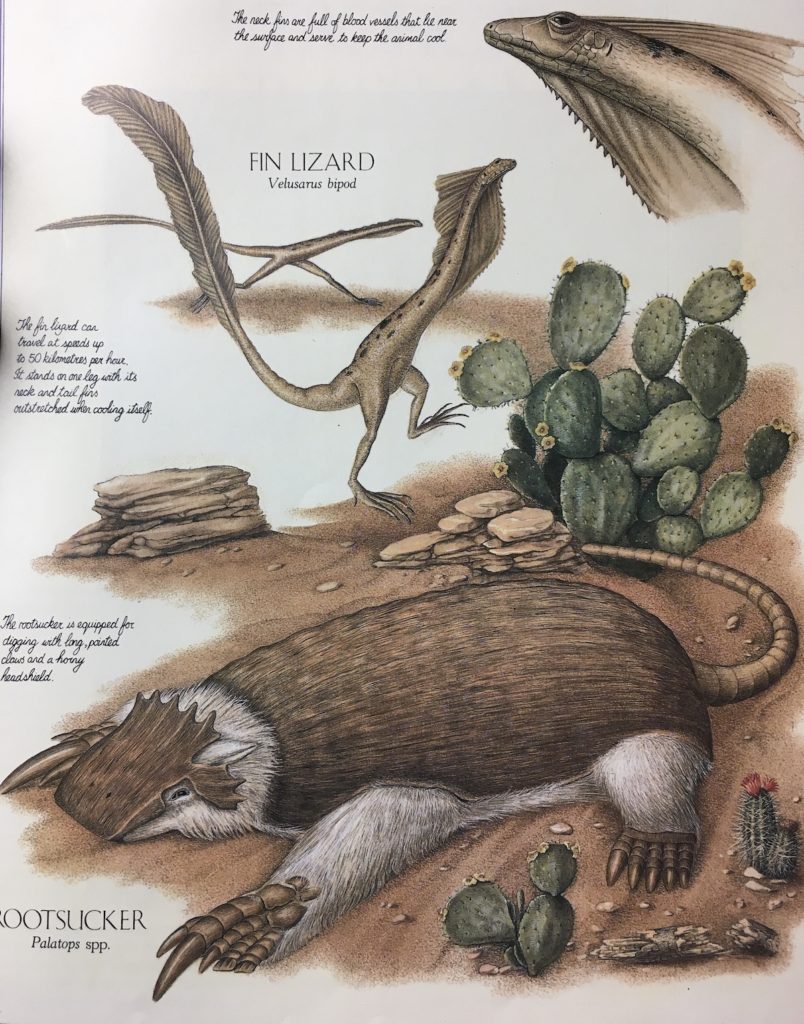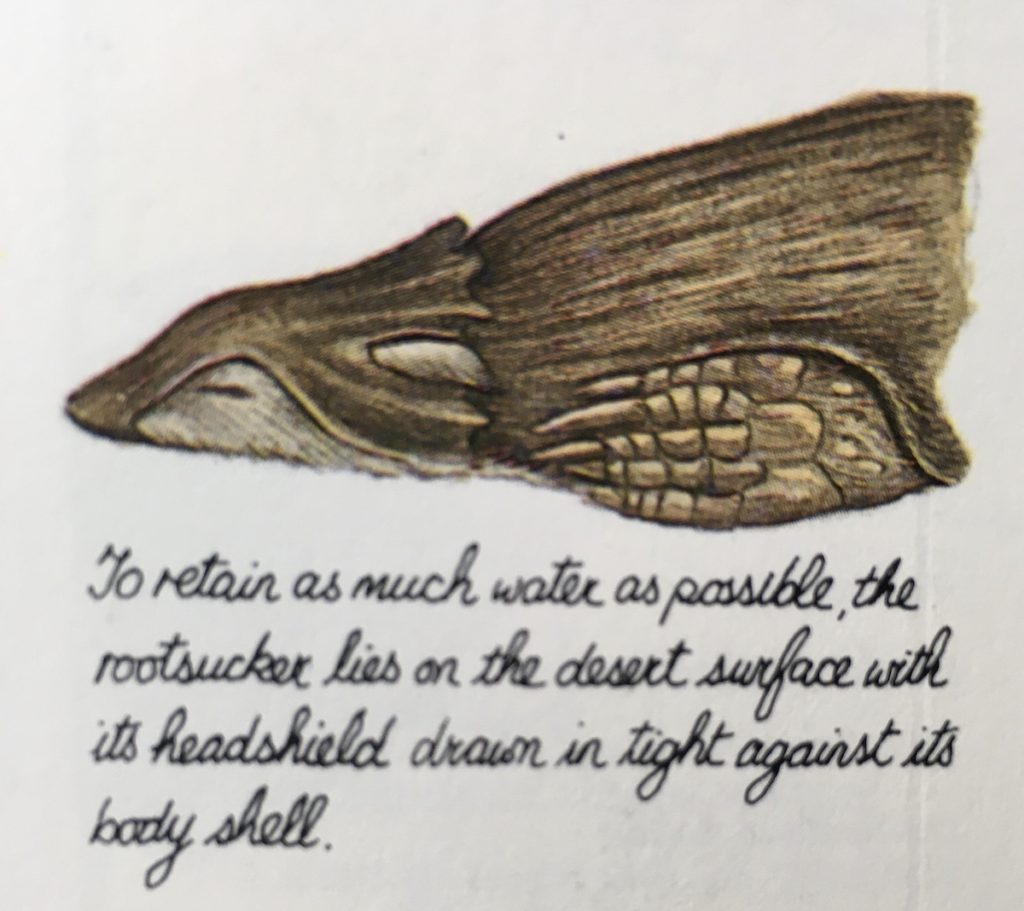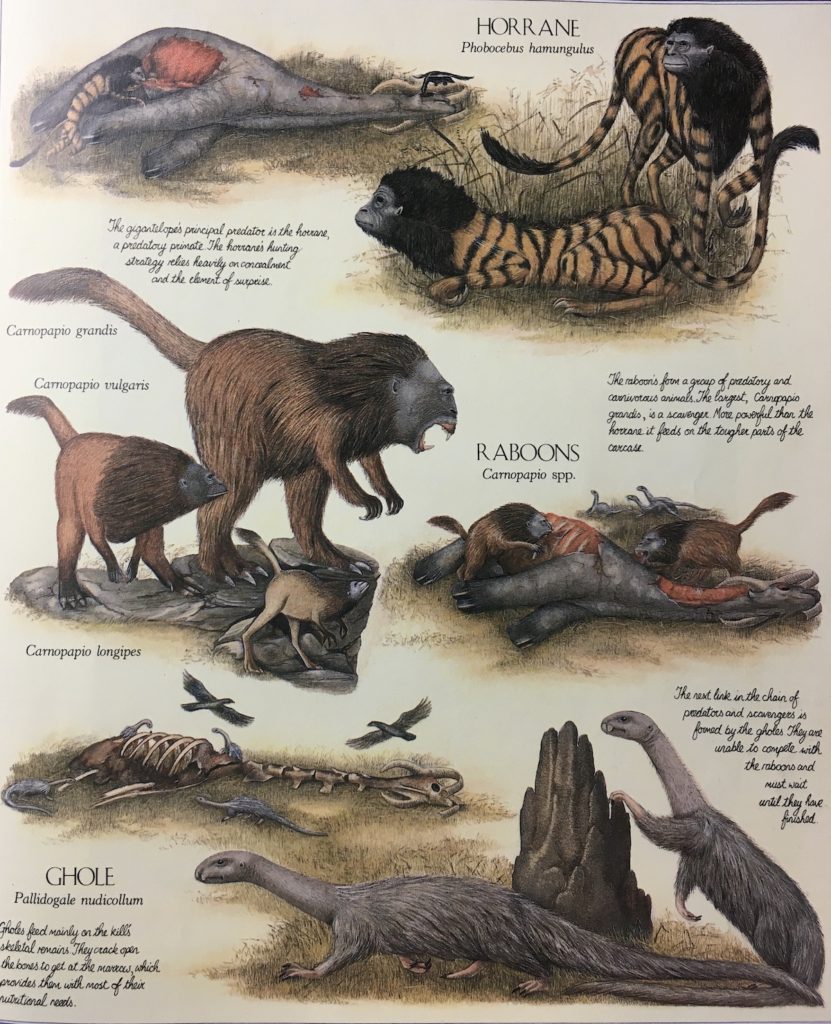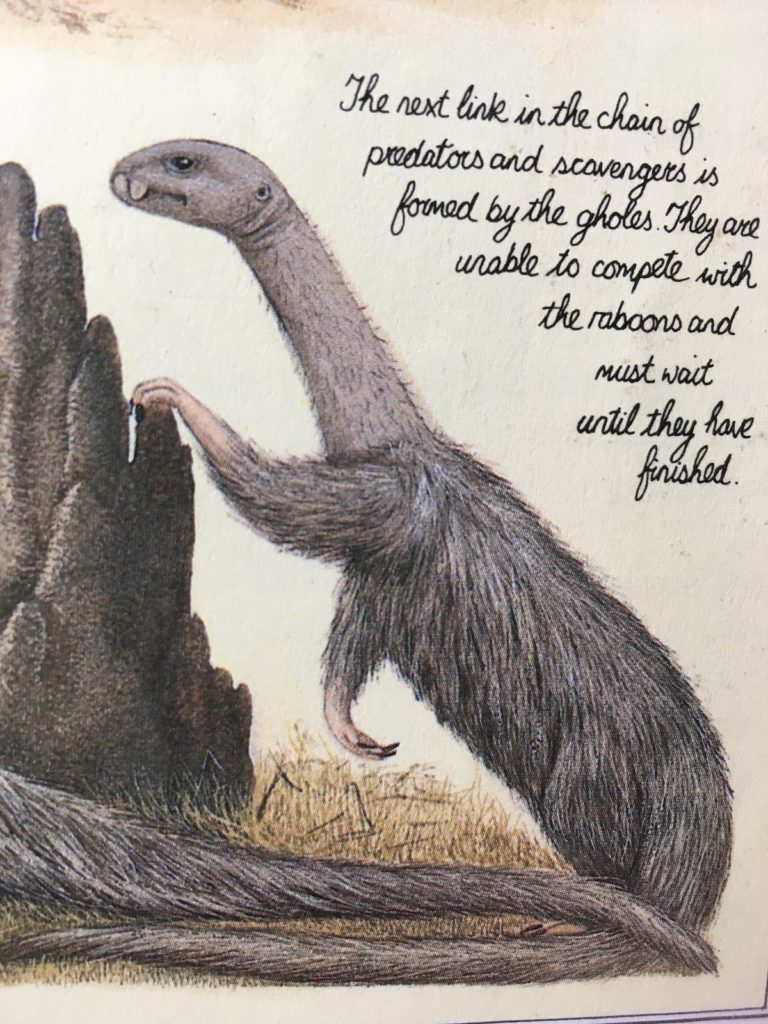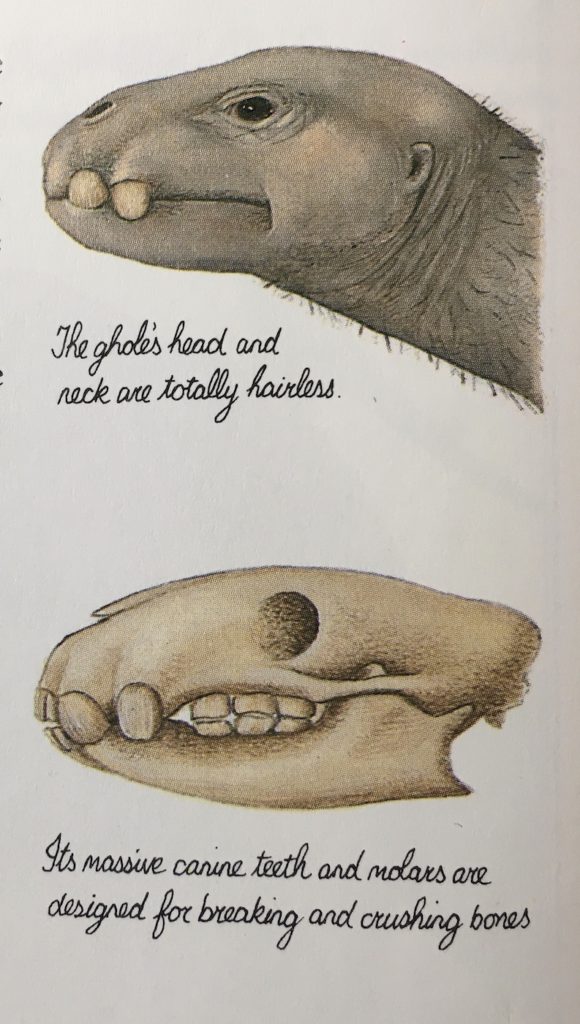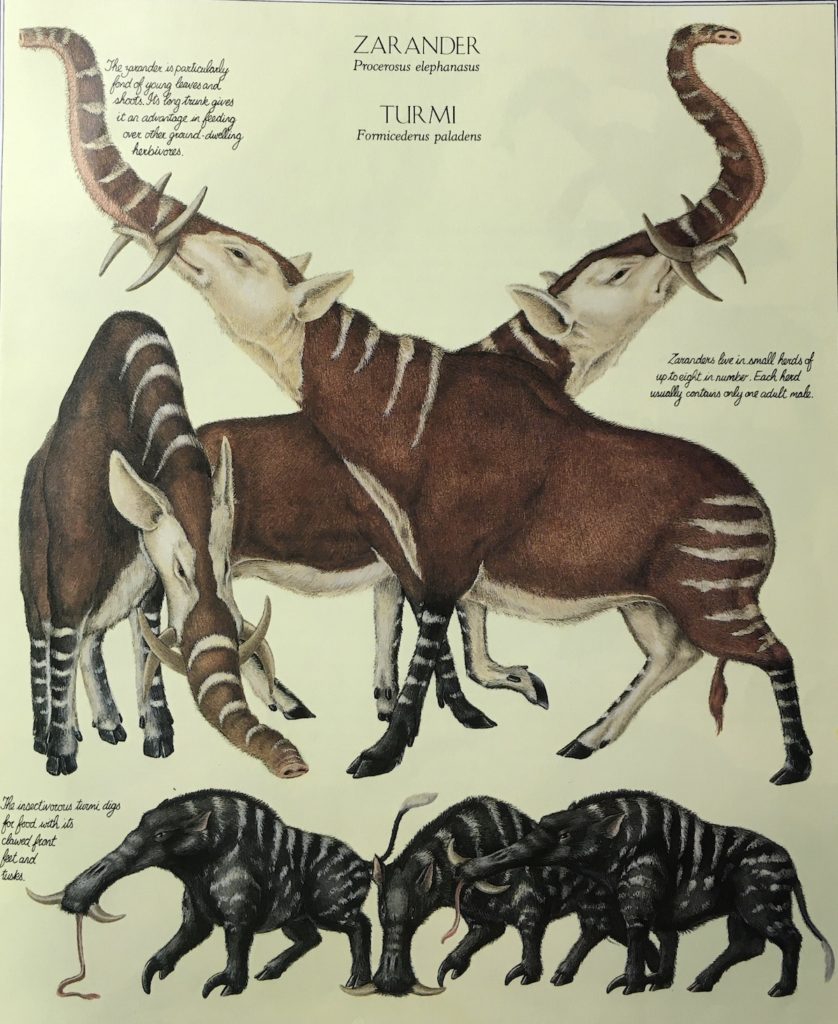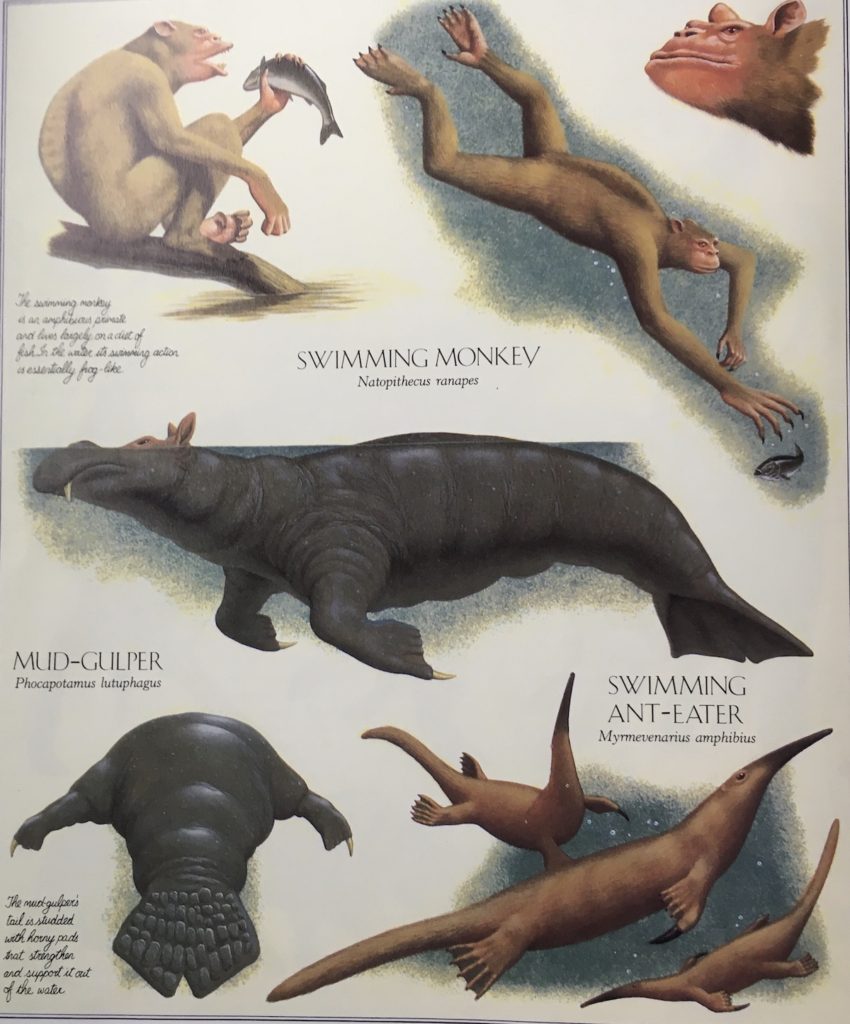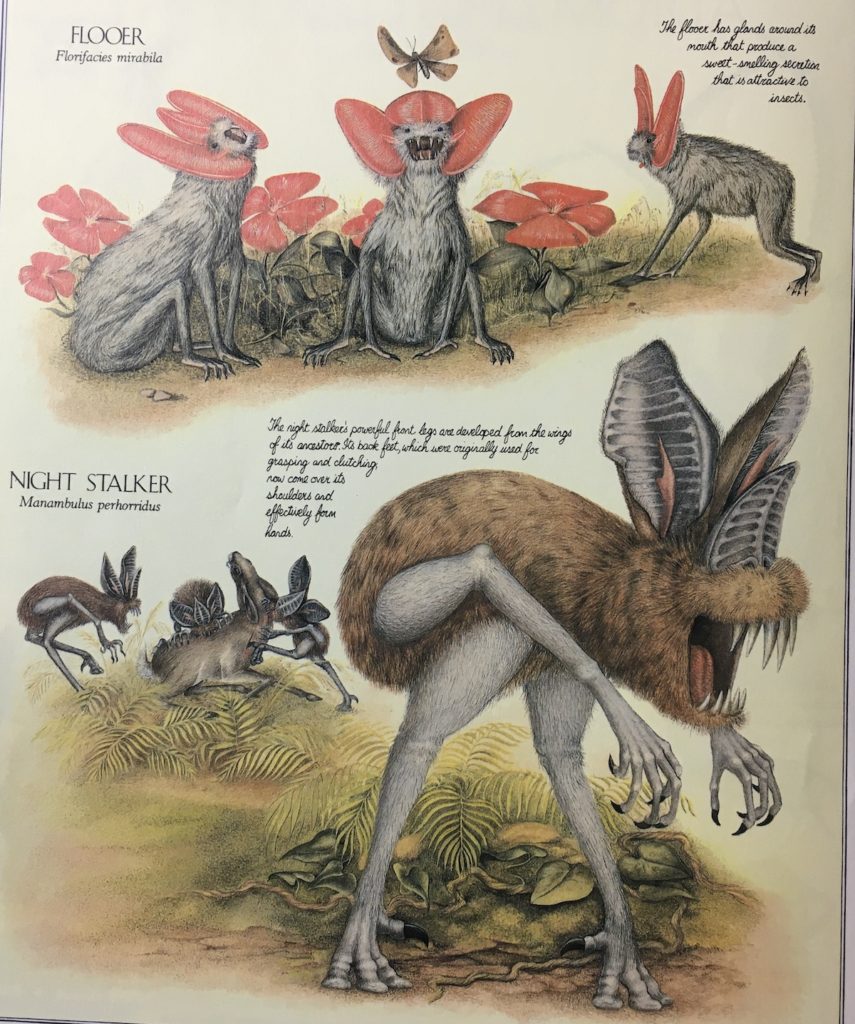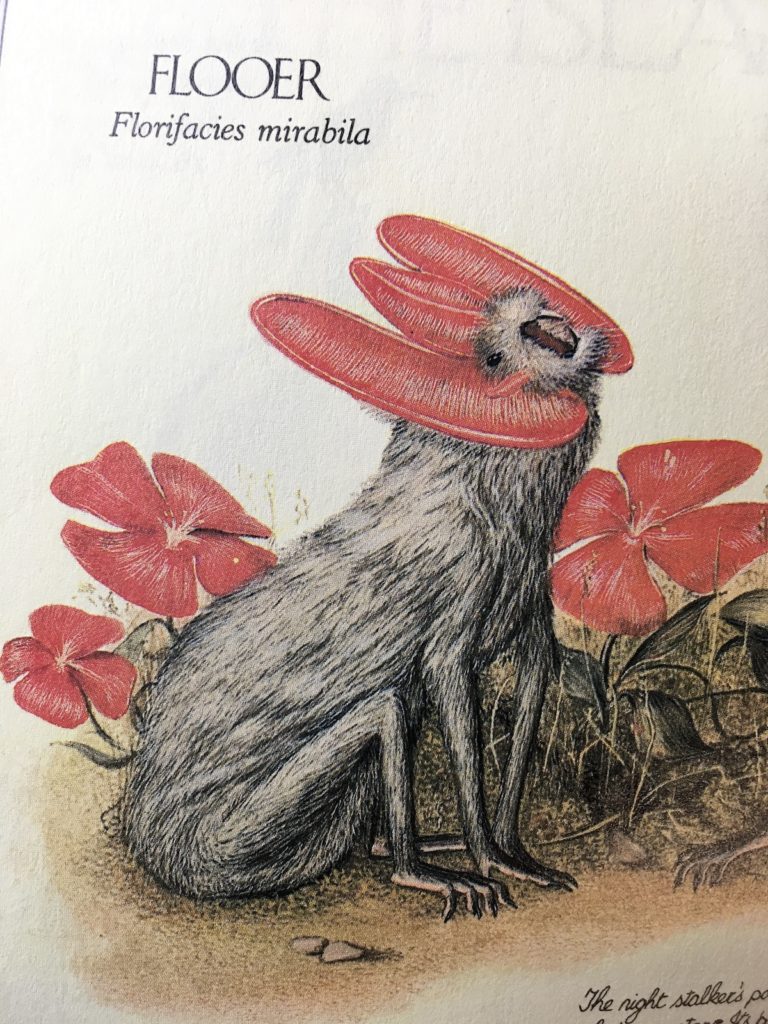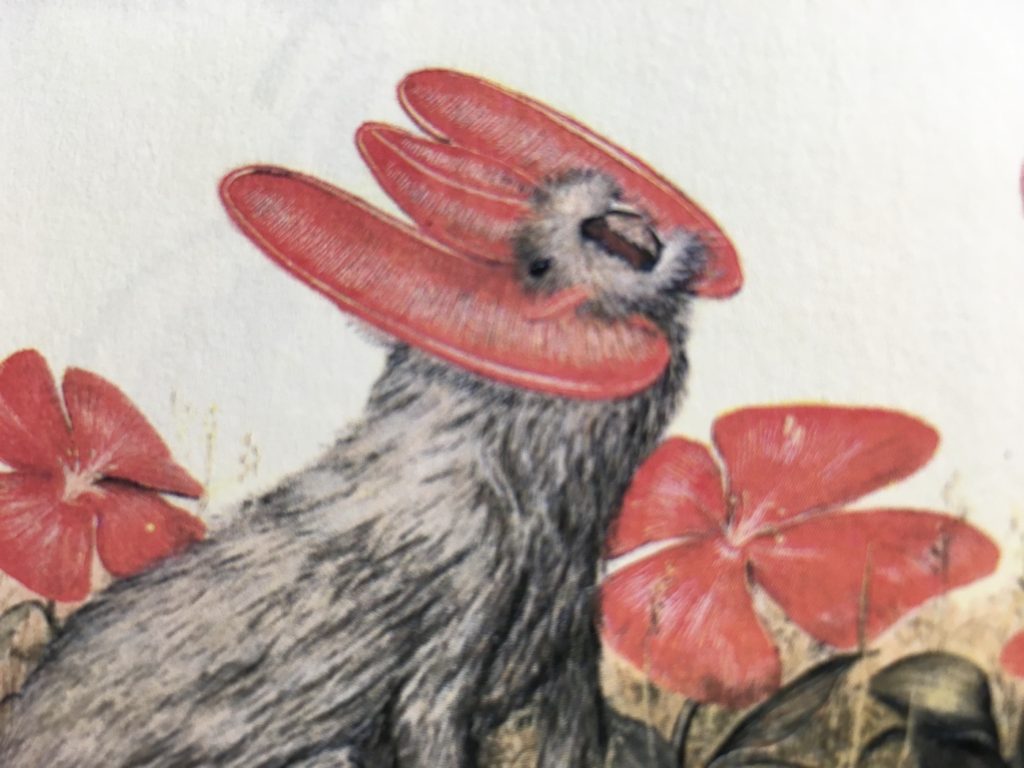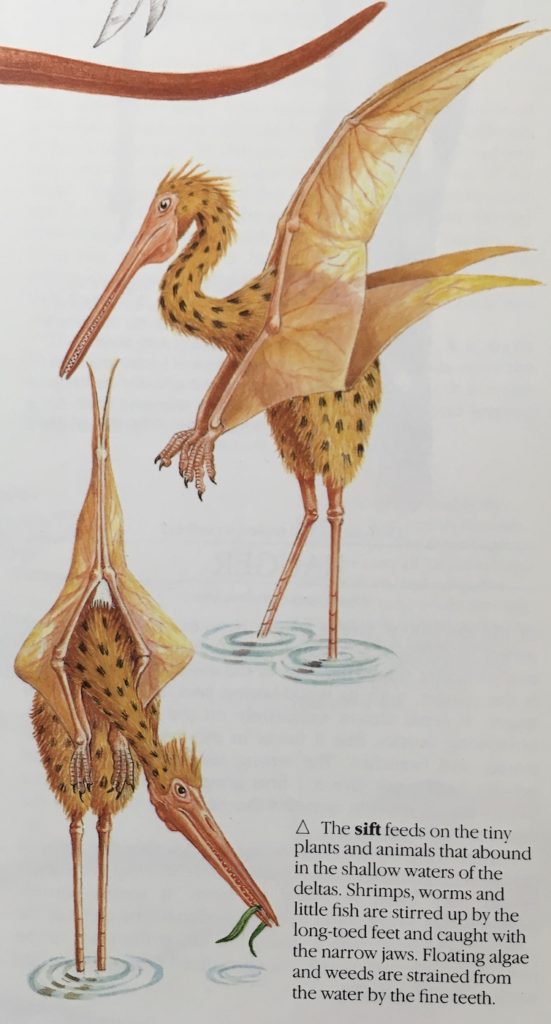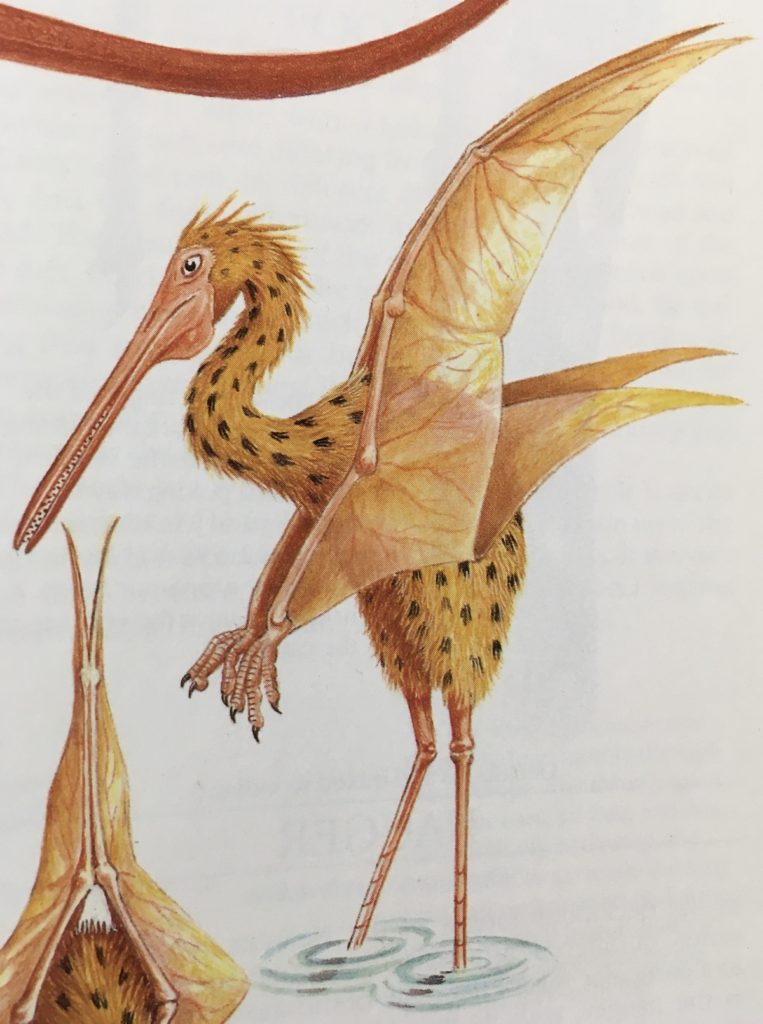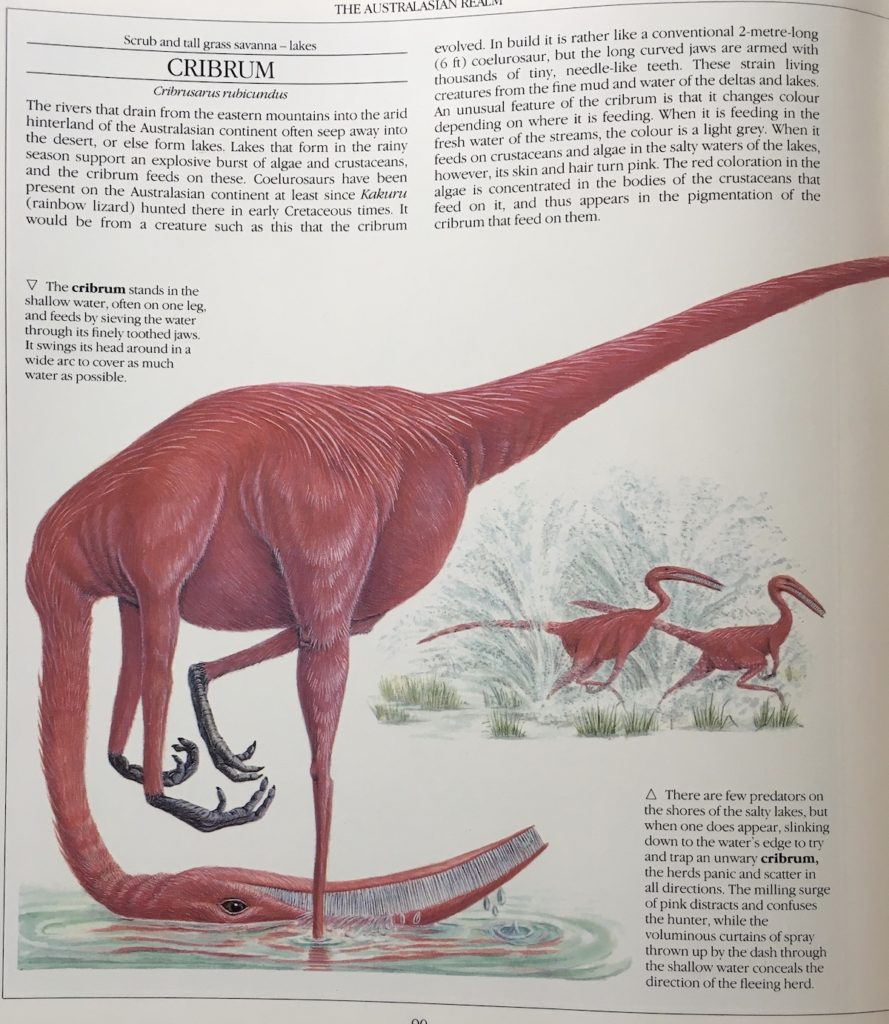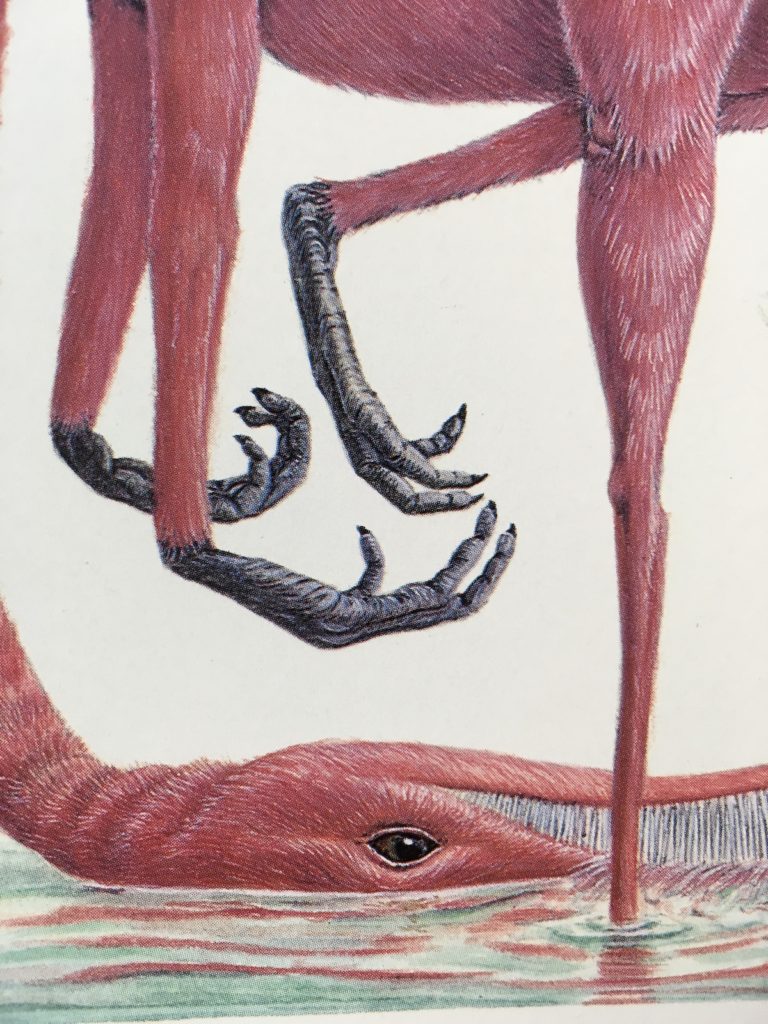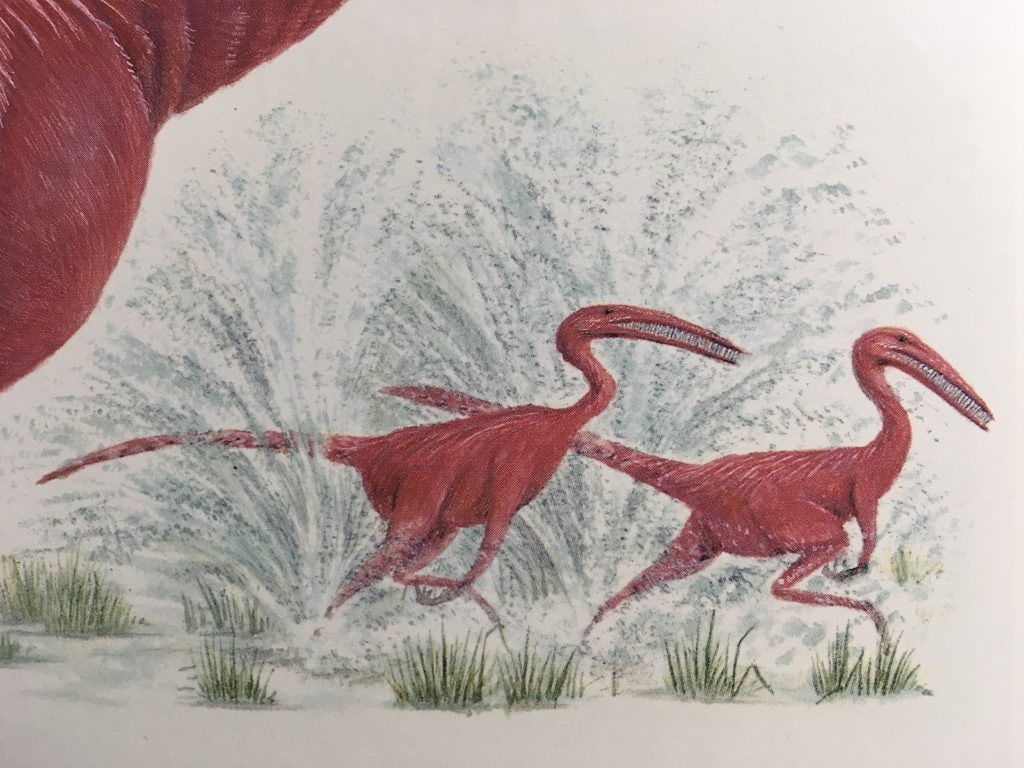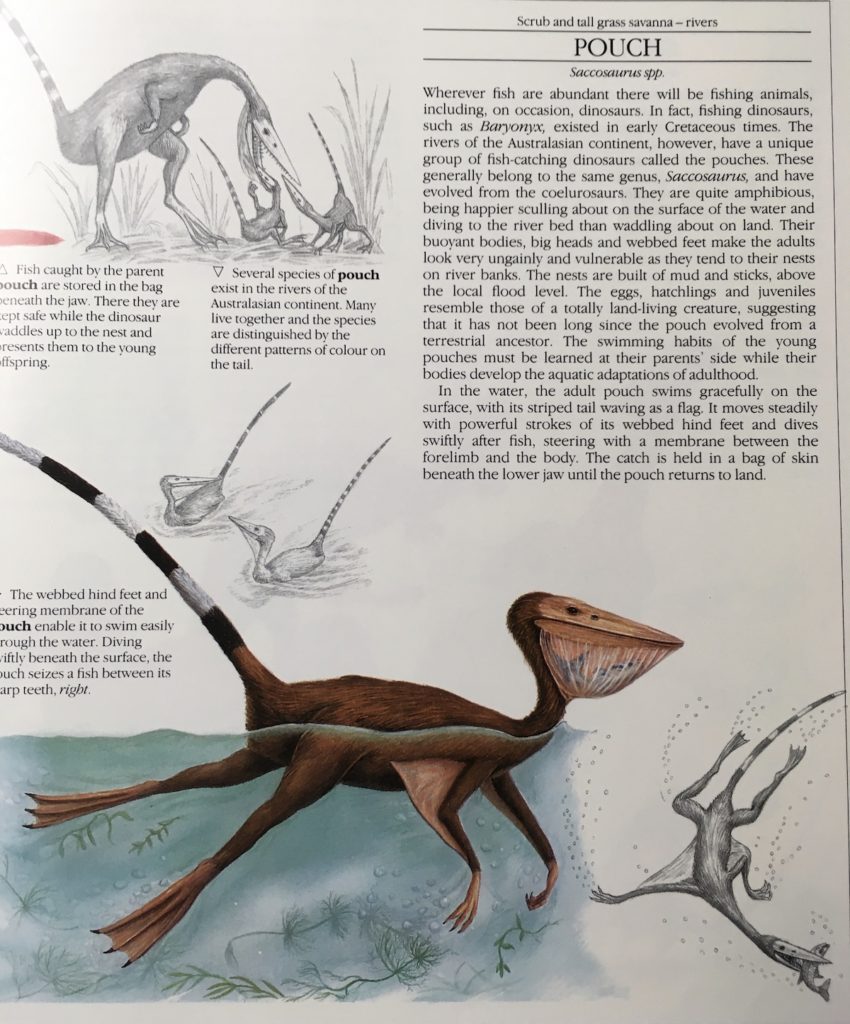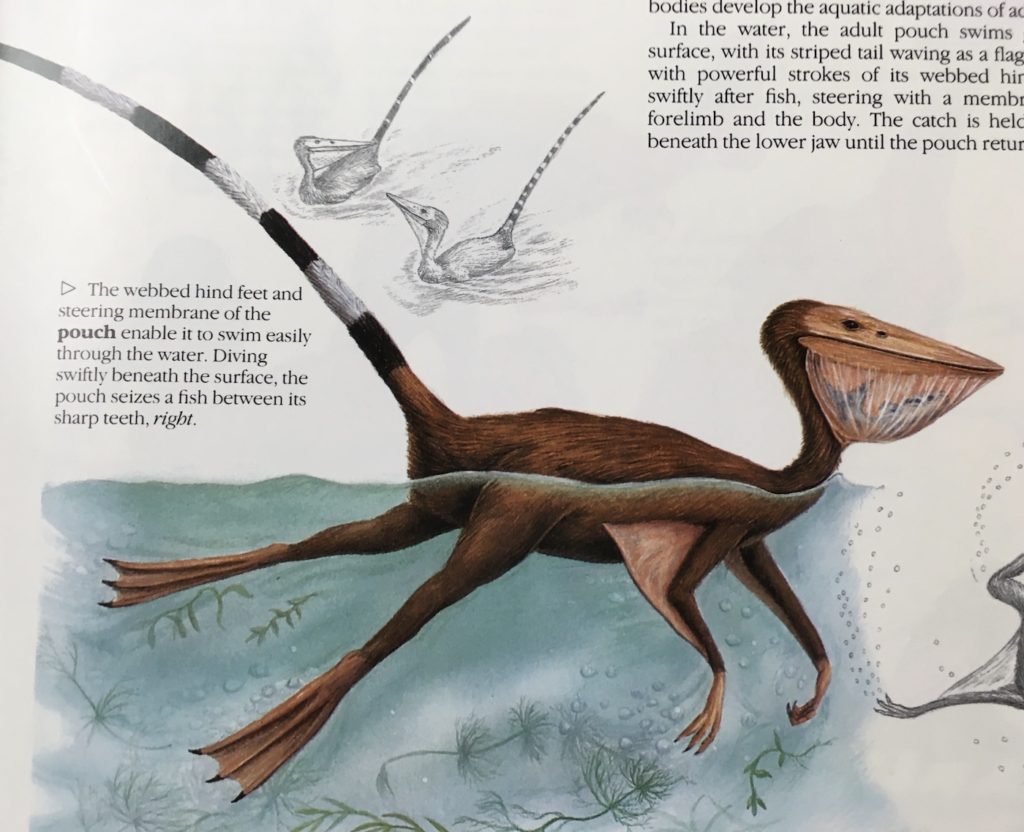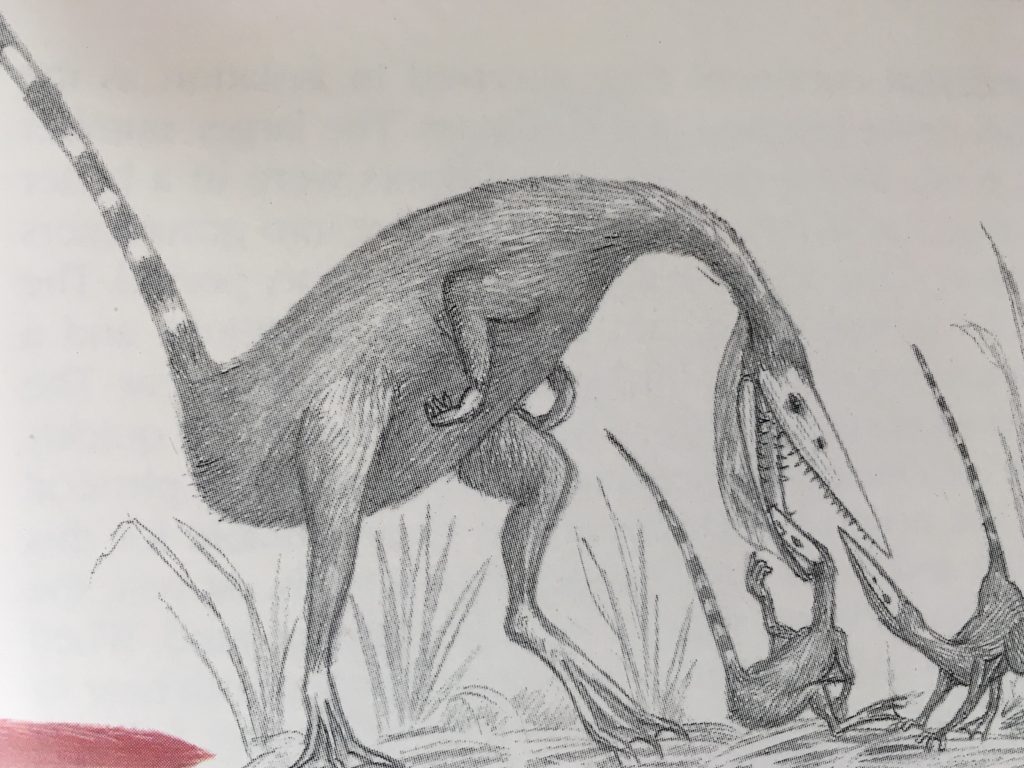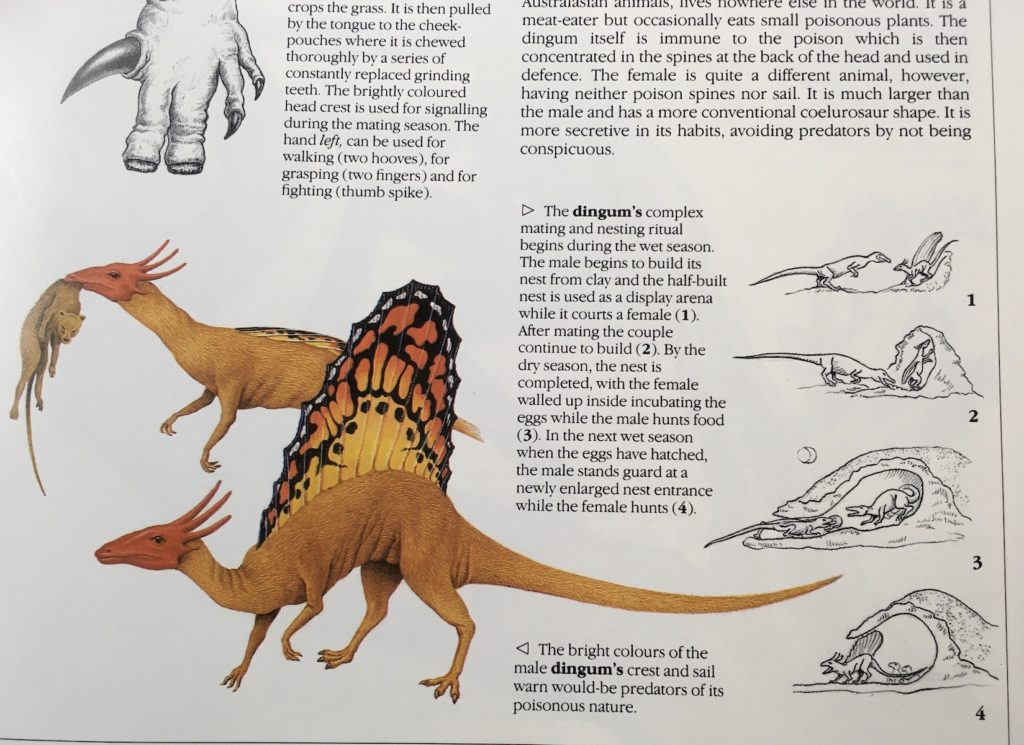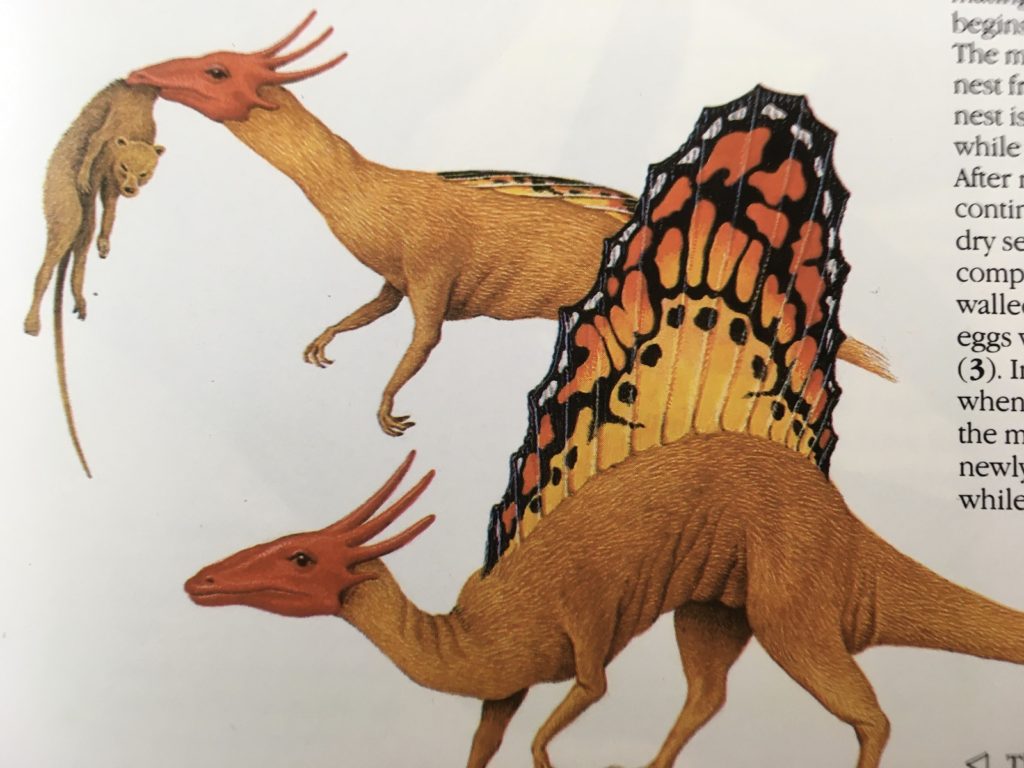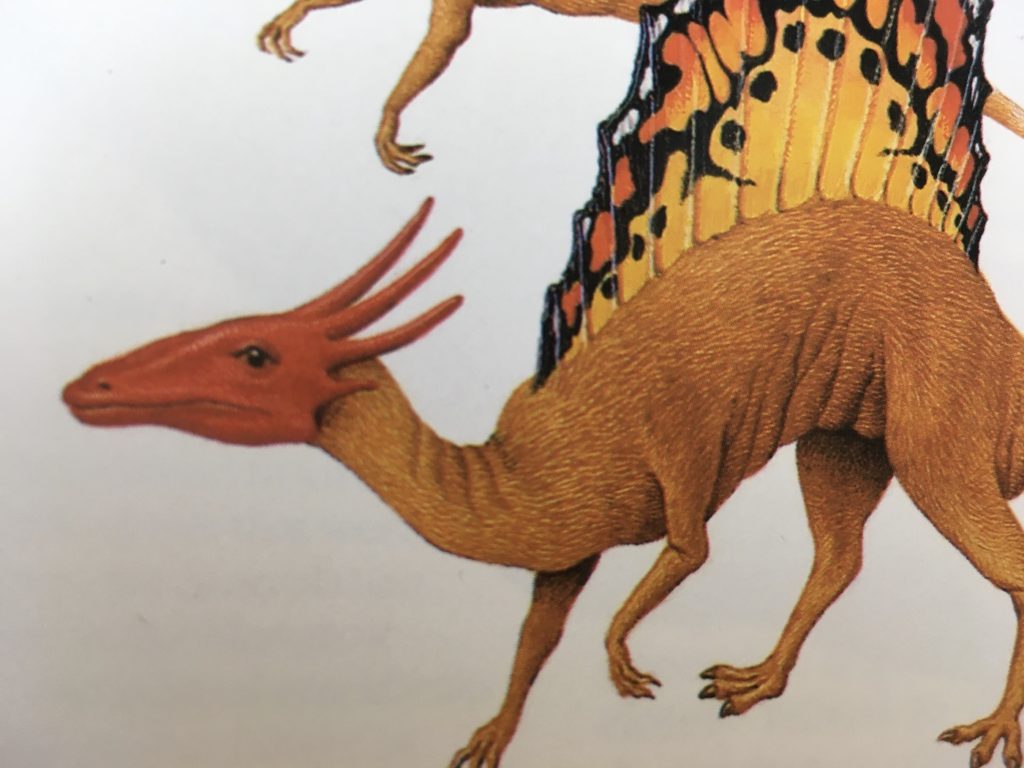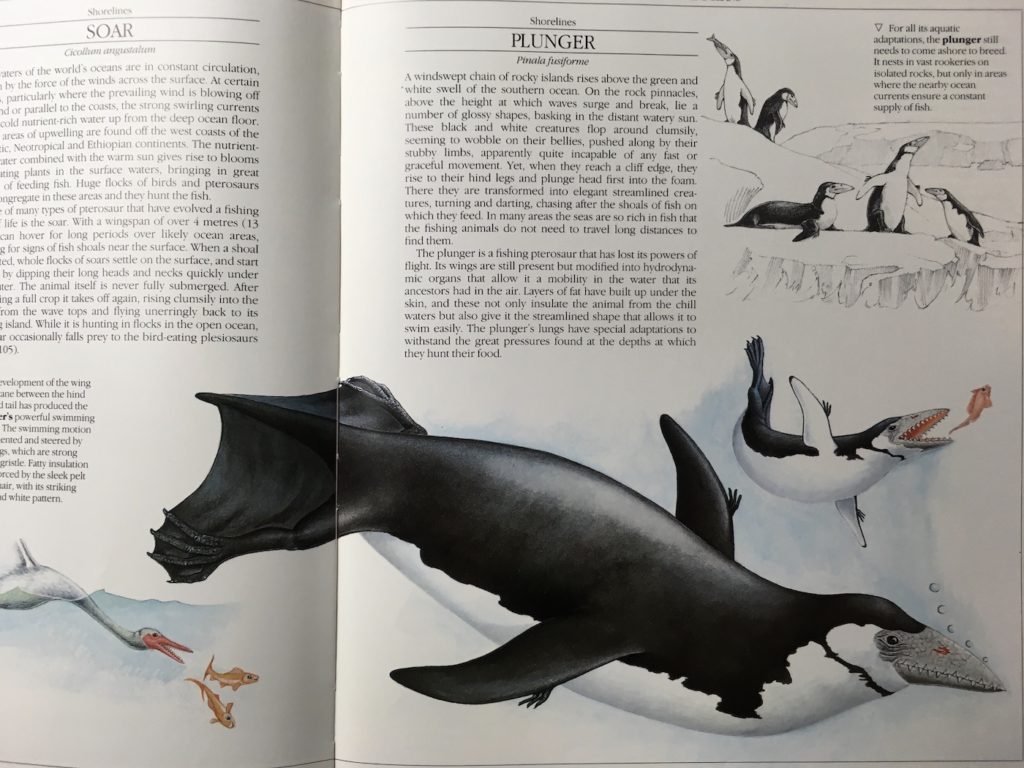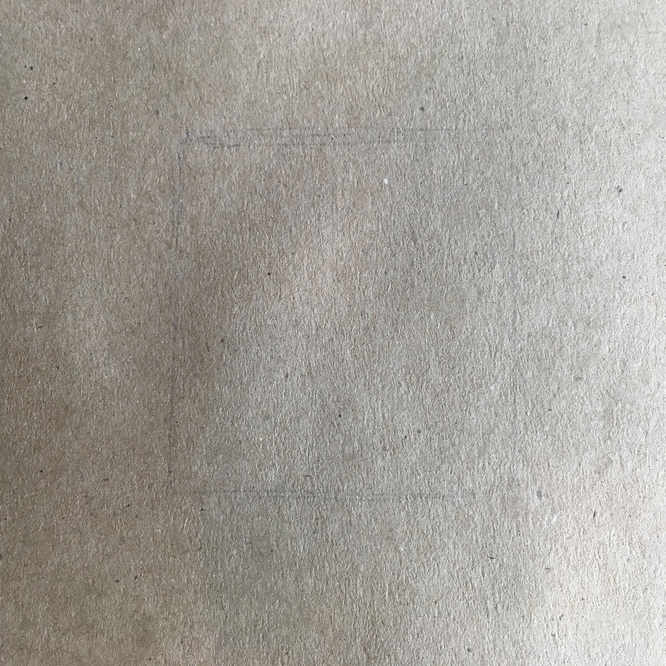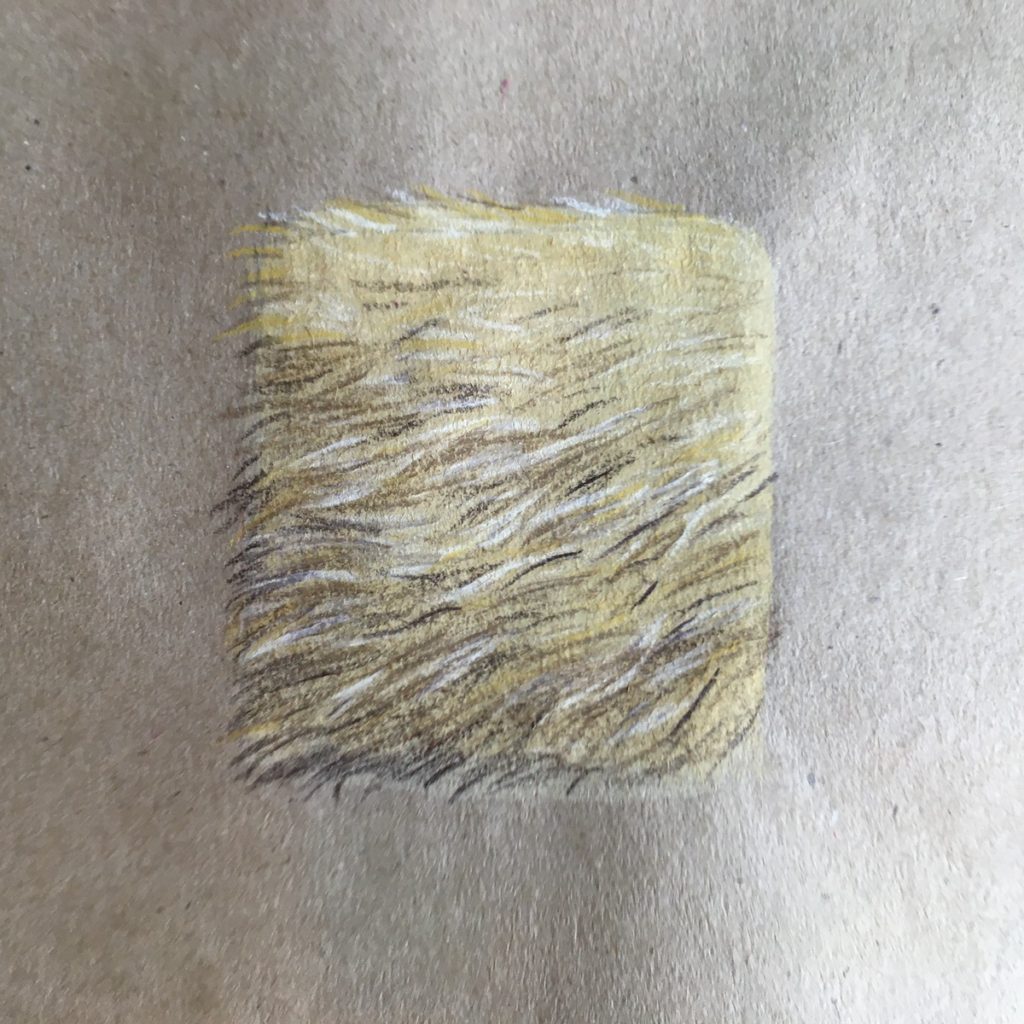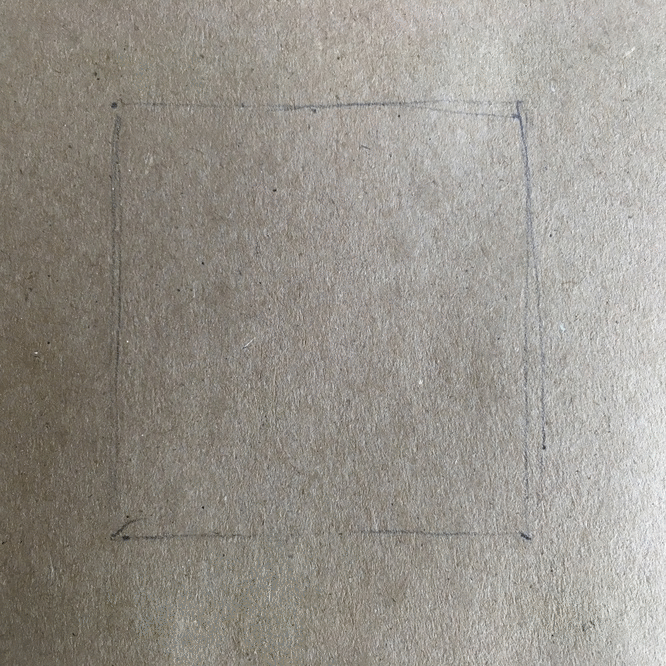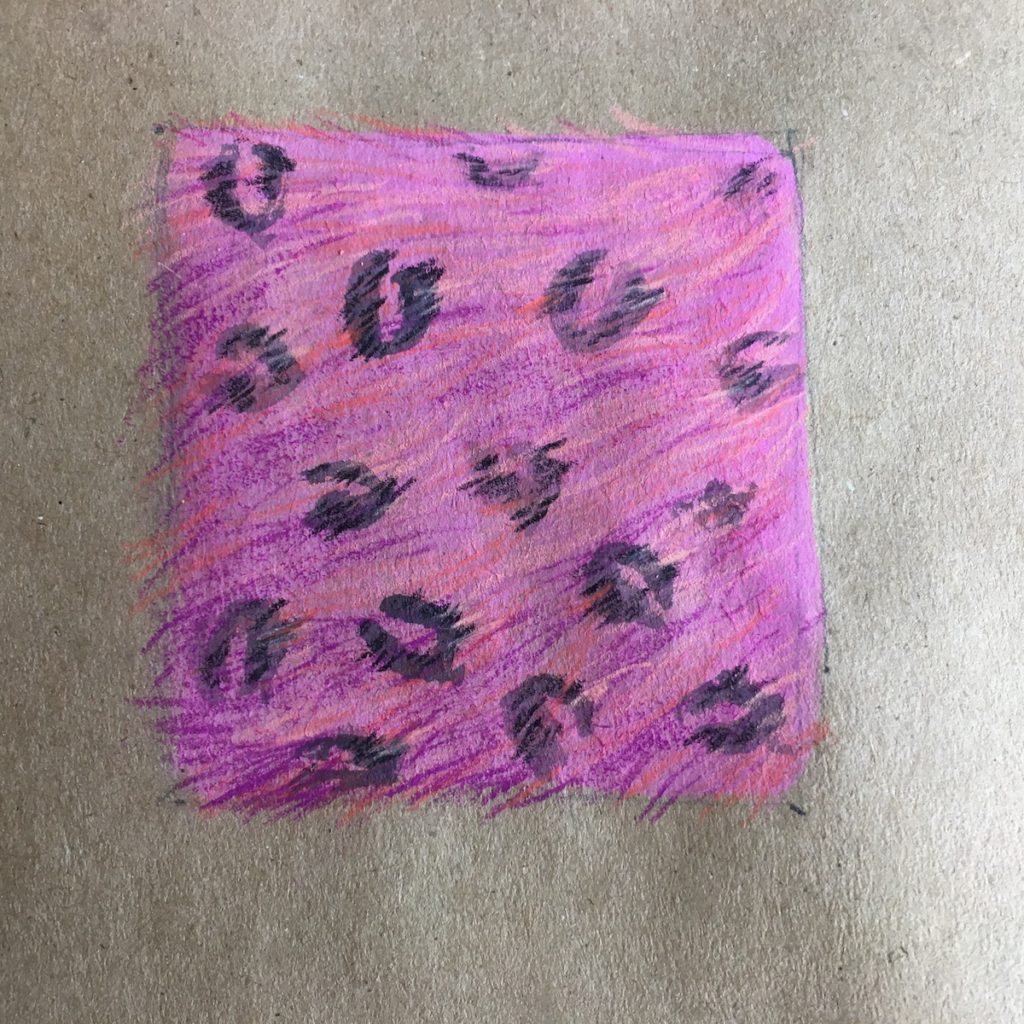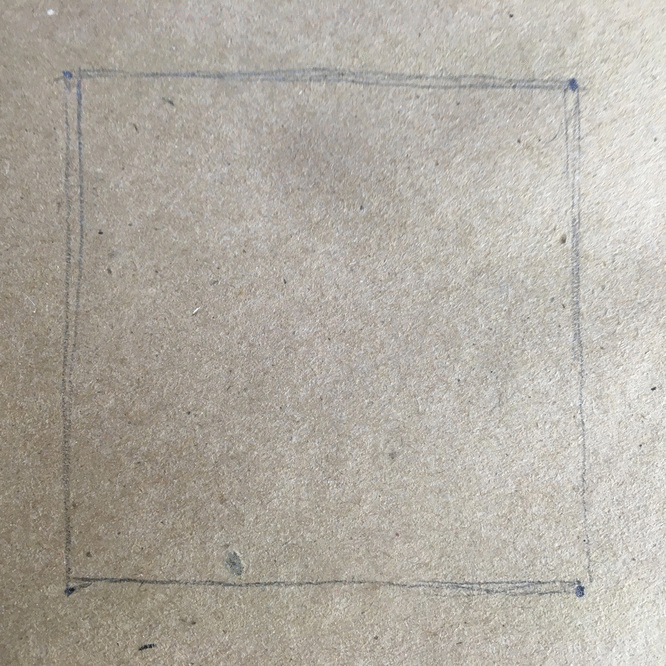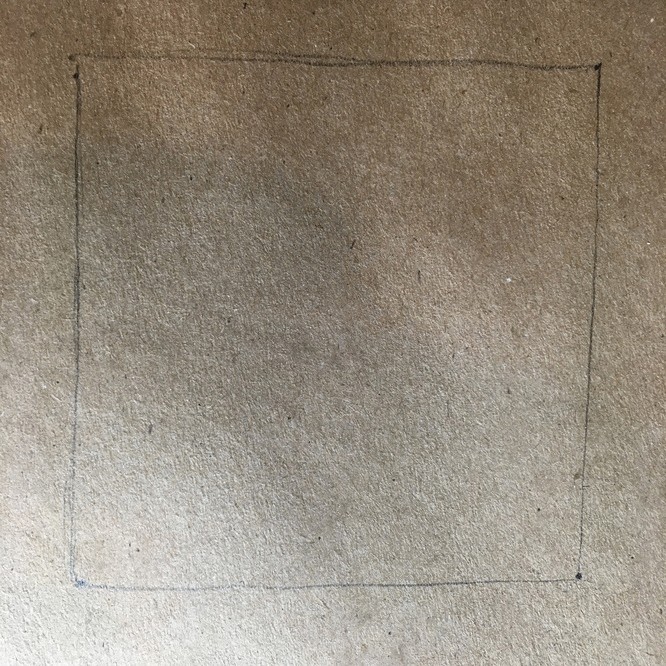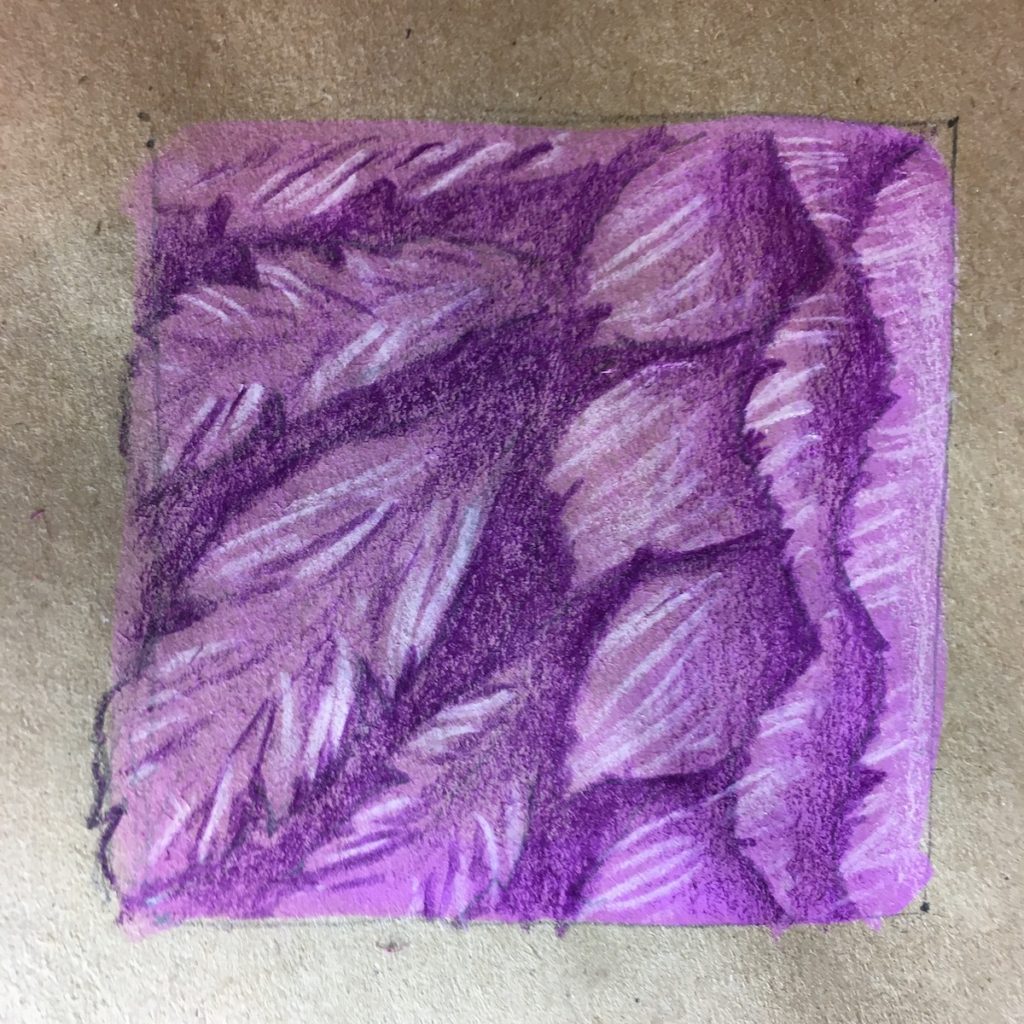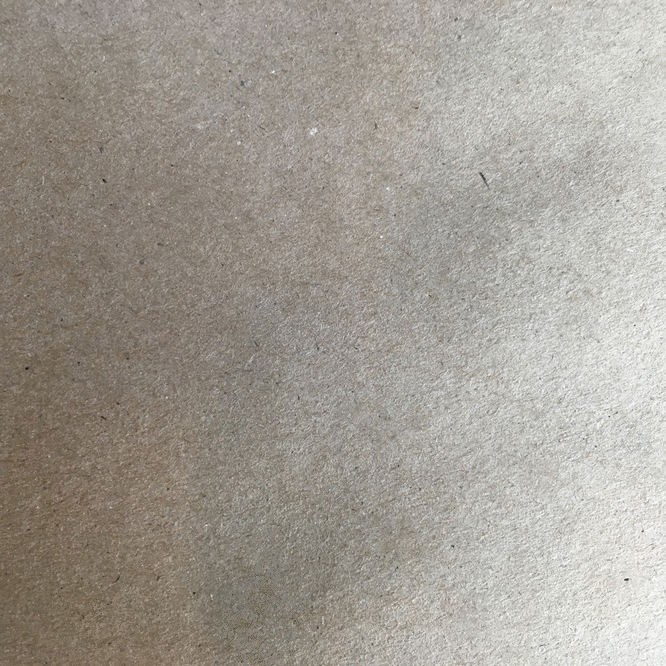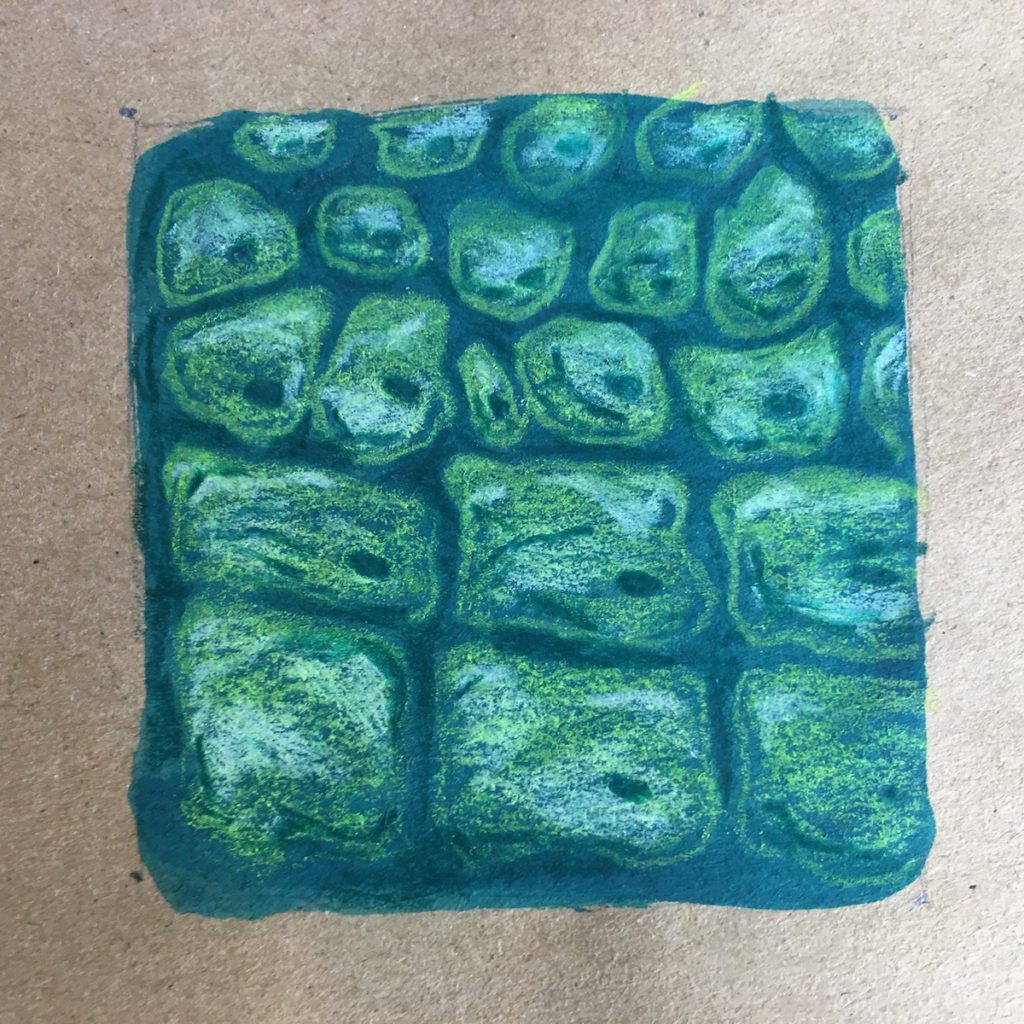Botanical Illustration
Prior to the invention of photography, botanical illustration was the only way of visually recording the world’s many species of plant life. Today, science books are full of highly detailed photographs—often taken with a macro lens or even a microscope—allowing us to discover the fascinating forms of flora and fauna. However, before these advances in technology, it was artists and illustrators who were depended on to share the beauty of botany with the world. The job requires great artistic skill, attention to fine detail, and technical horticultural knowledge.
Botanical illustration is the art of depicting the form, color, and details of plant life.
The practice can be traced back to sometime between 50 and 70 CE, when an illustrated book titled De Materia Medica was created by Greek botanist Pedanius Dioscorides to help readers identify plant species for medicinal purposes. Still today scientist rely on artist to create detailed illustrations the can more clearly illustrate aspects of plant life than photography alone.
Botanical Illustrator Spotlight
The illustrations below were designed by the German artist and naturalist, Maria Sibylla Merian. The plates were originally prepared for a mid-1670s book on the metamorphosis of caterpillars into butterflies.
Merian’s portrayal of plants and insects in a semi-naturalistic way was something of a step forward in the world of scientific illustration. Many of her contemporaries ‘arranged’ the illustrated scenes to show man’s domination over nature, or took liberties with embellishment to impress and dazzle the audience.
“For her period, her work is scientifically accurate and she is considered by modern scholars to be one of the founders of entomology, the study of insects.”
Speculative Evolution illustration
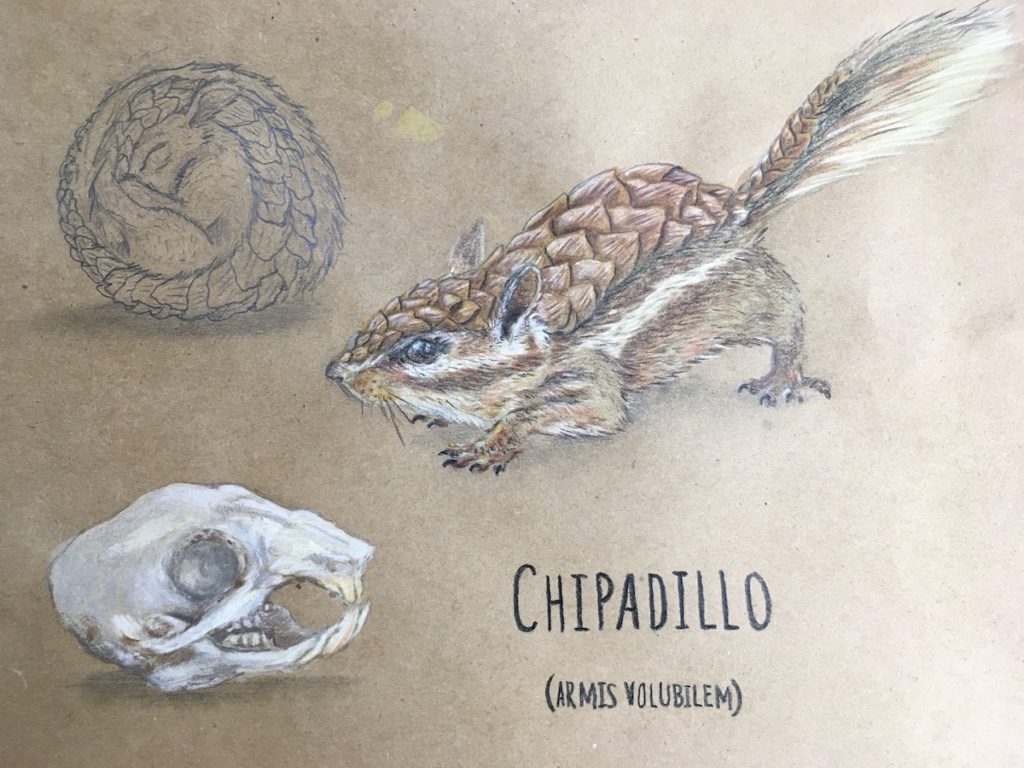
A bestiary, or bestiarum vocabulum, is a compendium of beasts. Originating in the ancient world, bestiaries were made popular in the Middle Ages in illustrated volumes that described various animals.
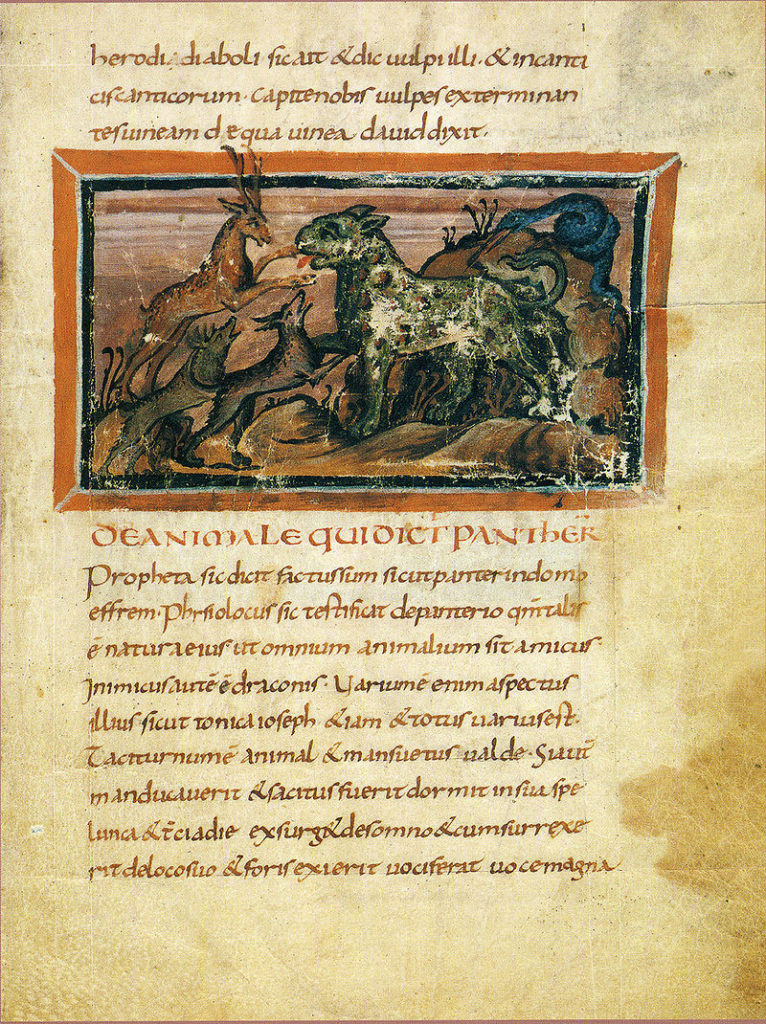
The earliest bestiary in the form in which it was later popularized was an anonymous 2nd-century Greek volume called the Physiologus, which itself summarized ancient knowledge and wisdom about animals in the writings of classical authors such as Aristotle‘s Historia Animalium and various works by Herodotus, Pliny the Elder, Solinus, Aelian and other naturalists.
Speculative evolution, also known as speculative biology and referred to as speculative zoology in regards to hypothetical animals, is a genre of speculative fiction and an artistic movement, focused on hypothetical scenarios in the evolution of life, and a significant form of fictional biology. Works incorporating speculative evolution may have entirely conceptual species that evolve on a planet other than Earth, or they may be an alternate history focused on an alternate evolution of terrestrial life. With a strong connection to and basis in science, particularly biology, speculative evolution is often considered hard science fiction.
The modern speculative evolution movement is generally agreed to have begun with the publication of Dougal Dixon‘s 1981 book After Man, which explored a fully realized future Earth with a complete ecosystem of over a hundred hypothetical animals. The success of After Man spawned several “sequels” by Dixon, focusing on different alternate and future scenarios. Dixon’s work, like most similar works that came after them, were created with real biological principles in mind and were aimed at exploring real life processes, such as evolution and climate change, through the use of fictional examples.
Texture Painting Examples

Project Goal:
Create a page of illustrations including full and closeup detail sections of your chosen plant or animal-hybrid working from 3 or more reference images using a mix of watercolor and colored pencil techniques
Target 1: Participate in step by step practice exercises to learn techniques to produce fur, hide, leaf, bark, feather, & etcetera textures. Compare works to look for similarities of construction.
Target 2: Students will practice watercolor and colored pencil processes as applied to texture techniques creating bookmarks and bracelets reviewing and practicing the previous techniques
Target 3: Choose and research your intended subjects. Complete the Biological worksheet and select 3 or more reference images.
Target 4: Students will engage in class group activity looking at and deciphering the techniques and processes of example images helping student review the necessary techniques and see them used in context.
Target 5: Students will begin the final project by sketching out and composing image elements and composition in graphite.
Target 6: Upon approval begin final image construction using watercolor and colored pencil applying learned texture techniques.
Target 7: Complete the project by transferring a calligraphic subject name.

